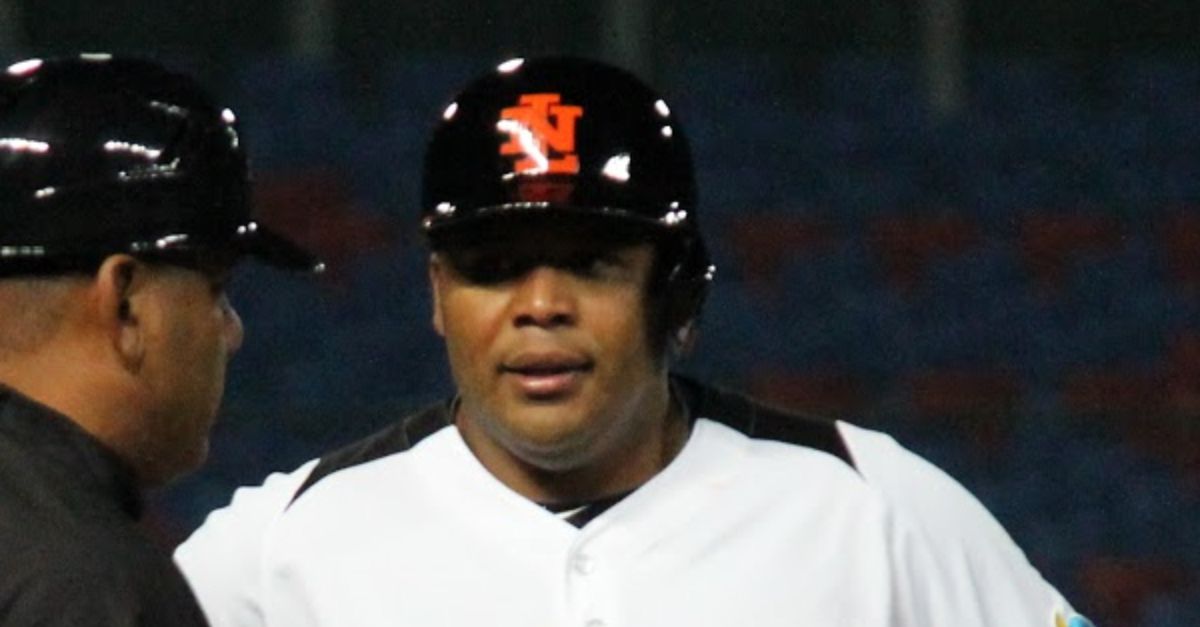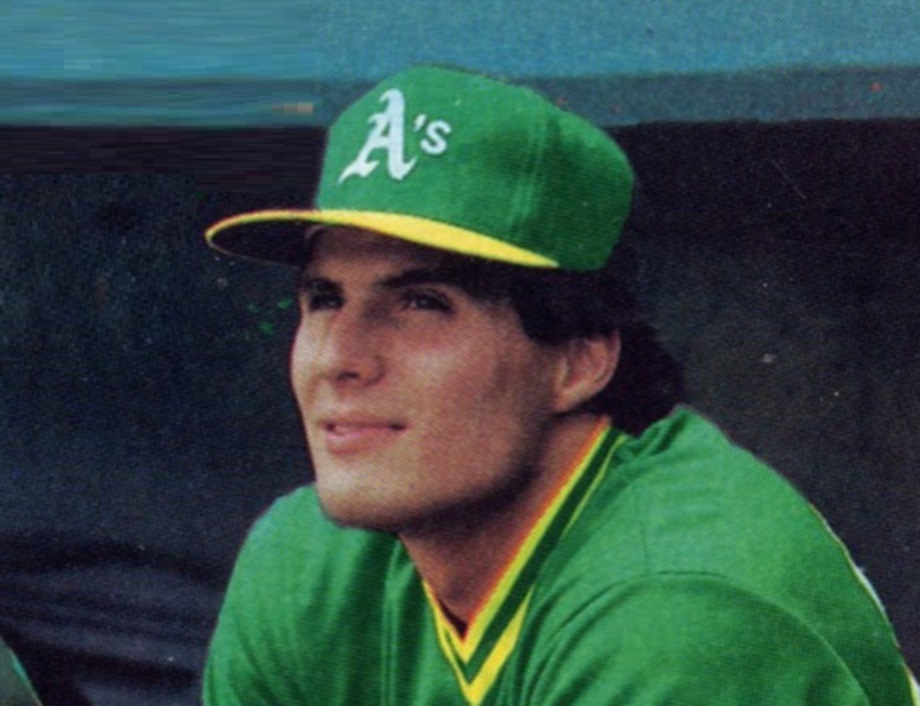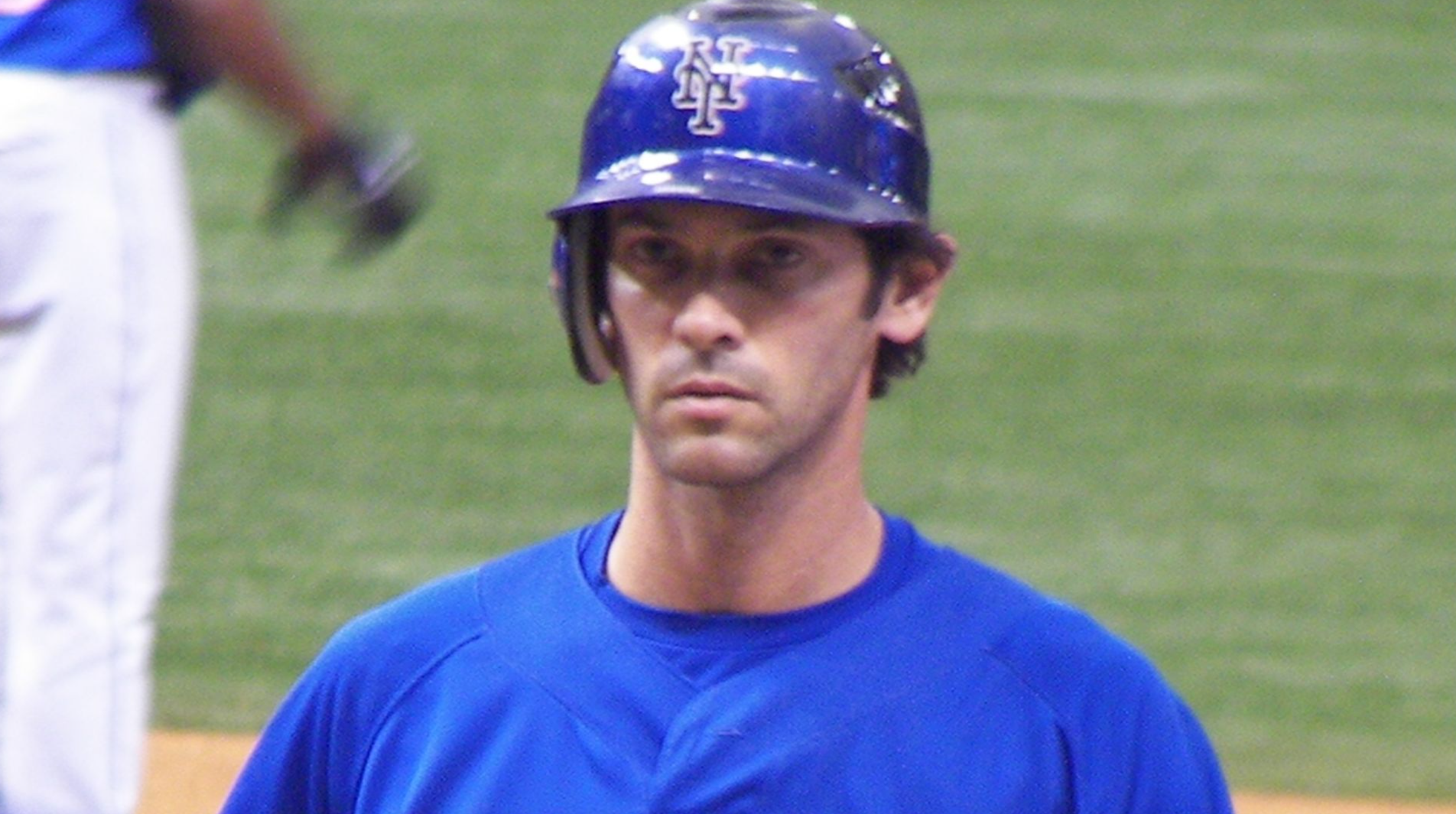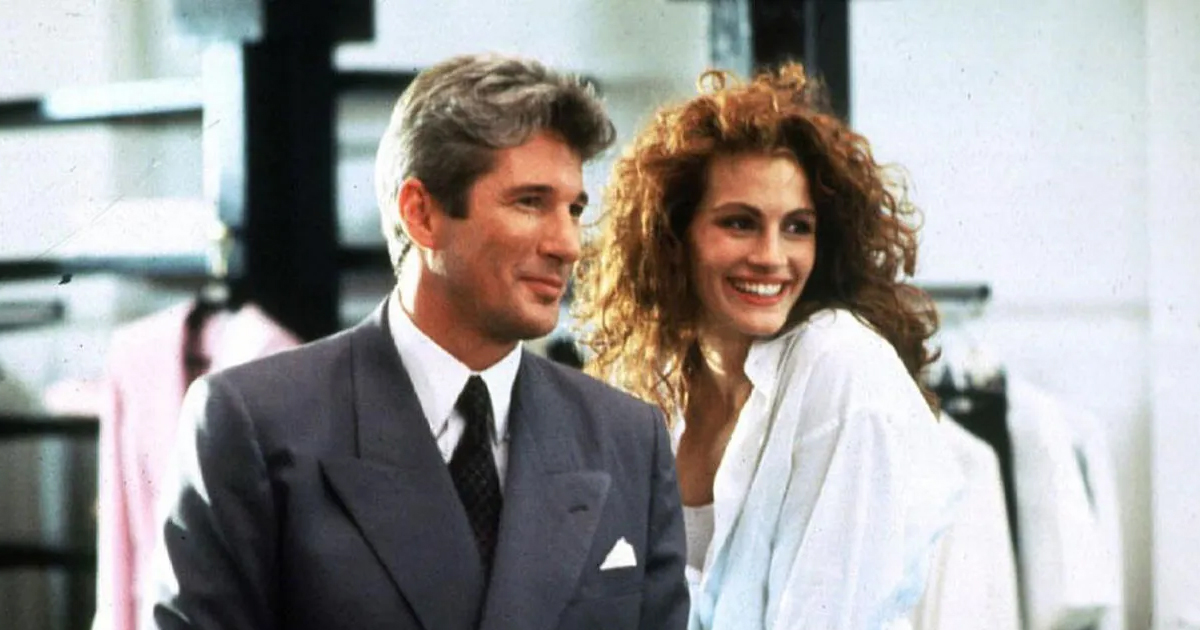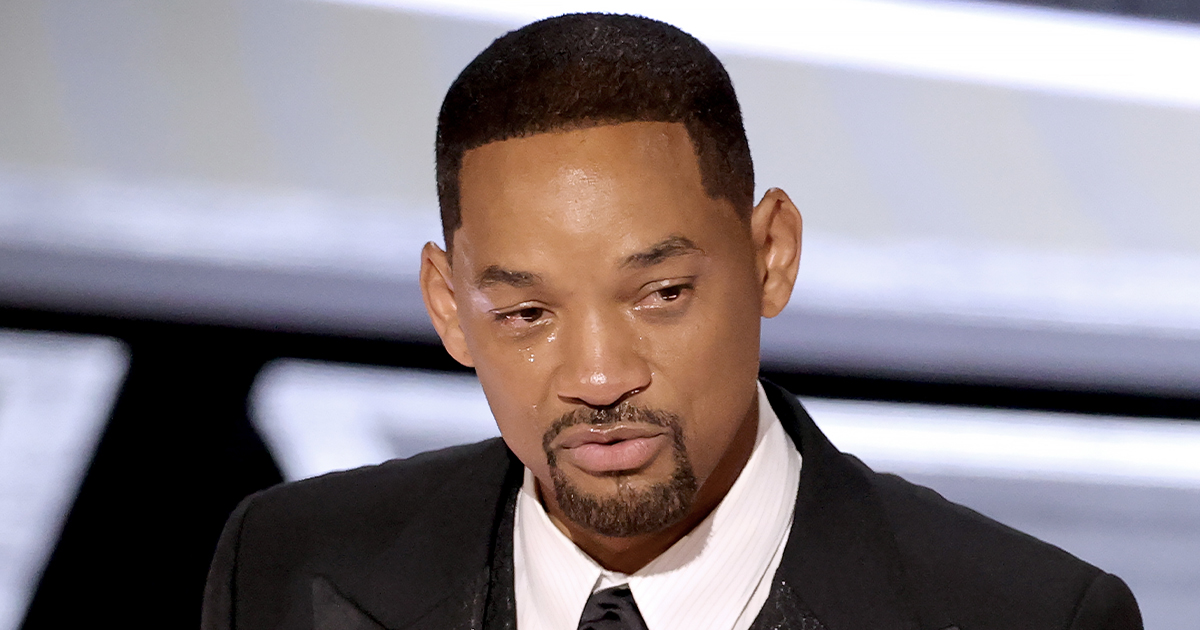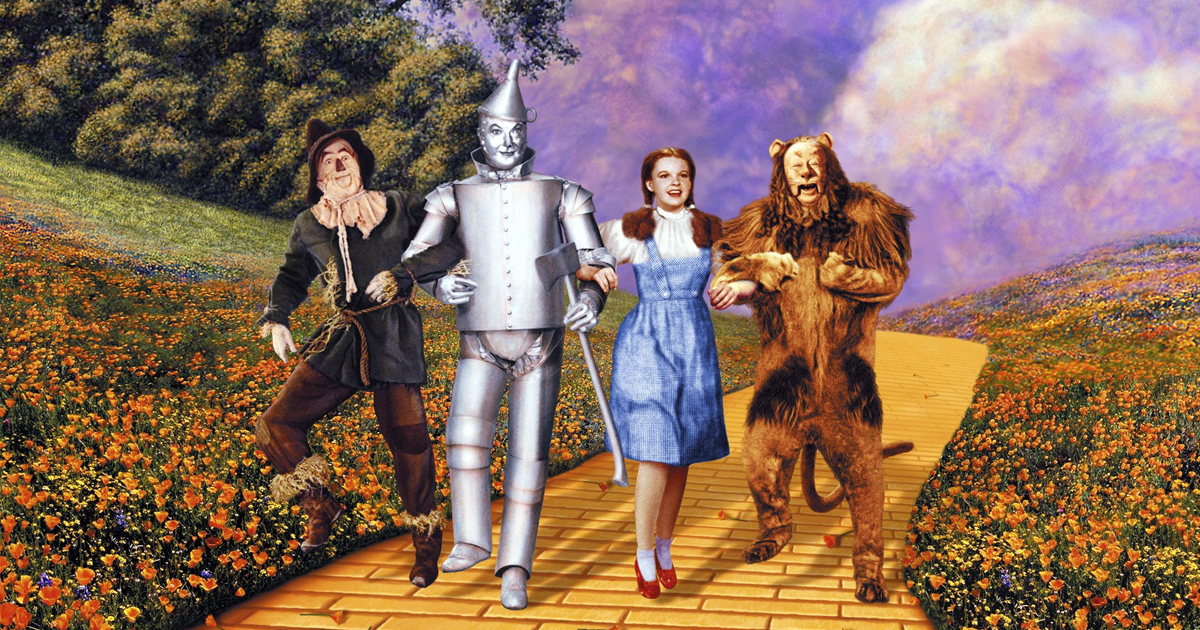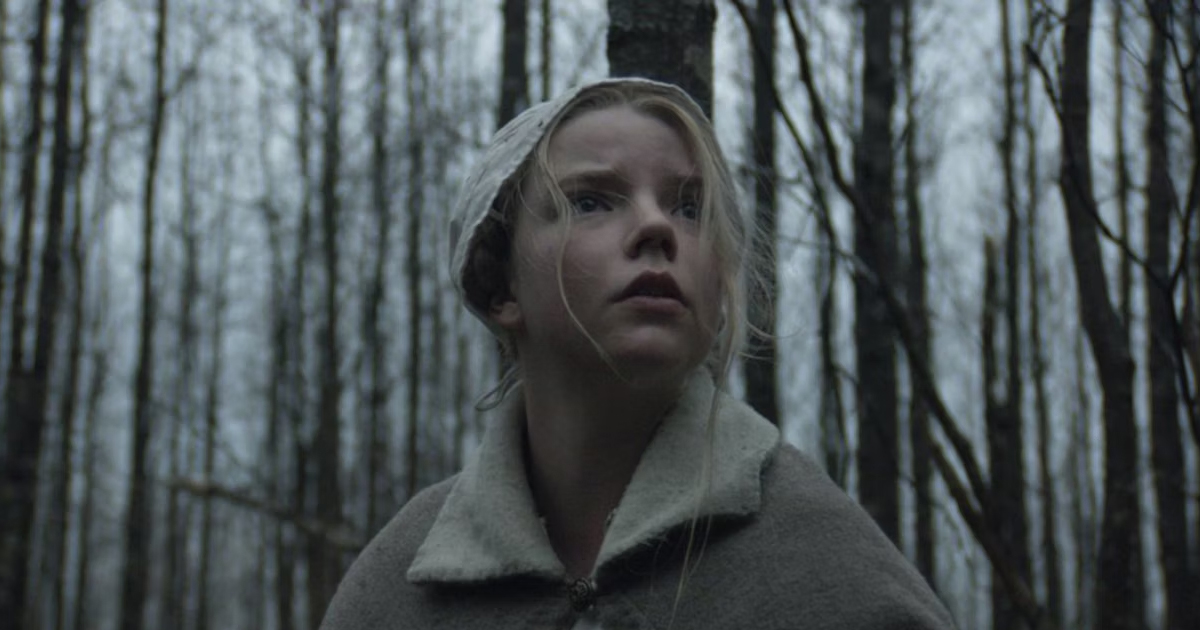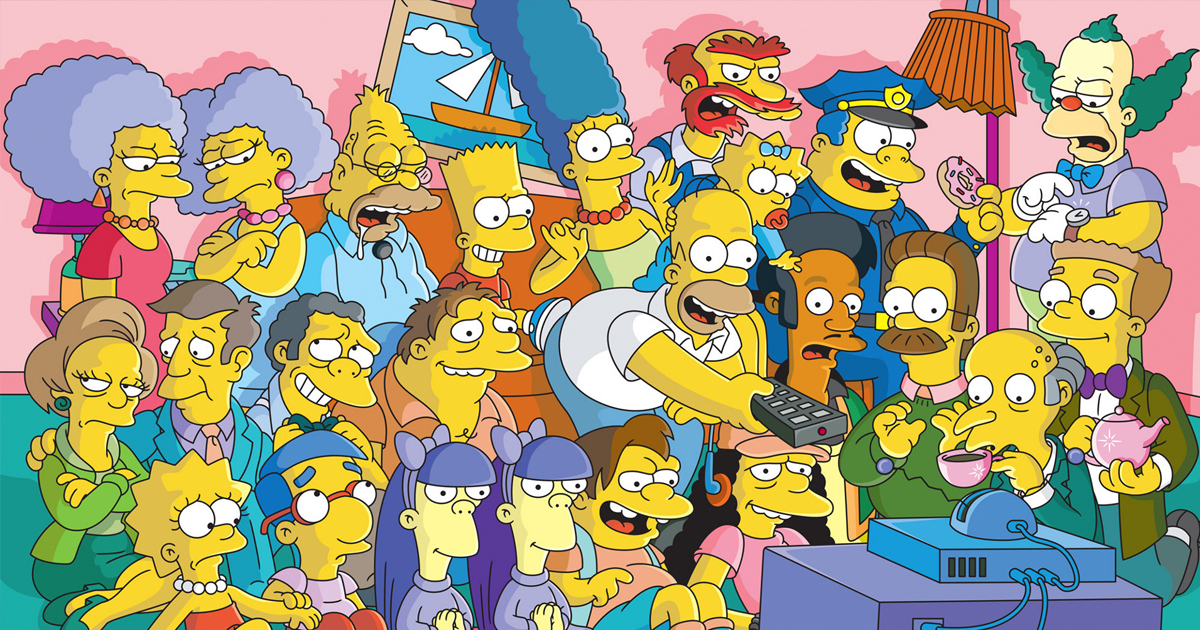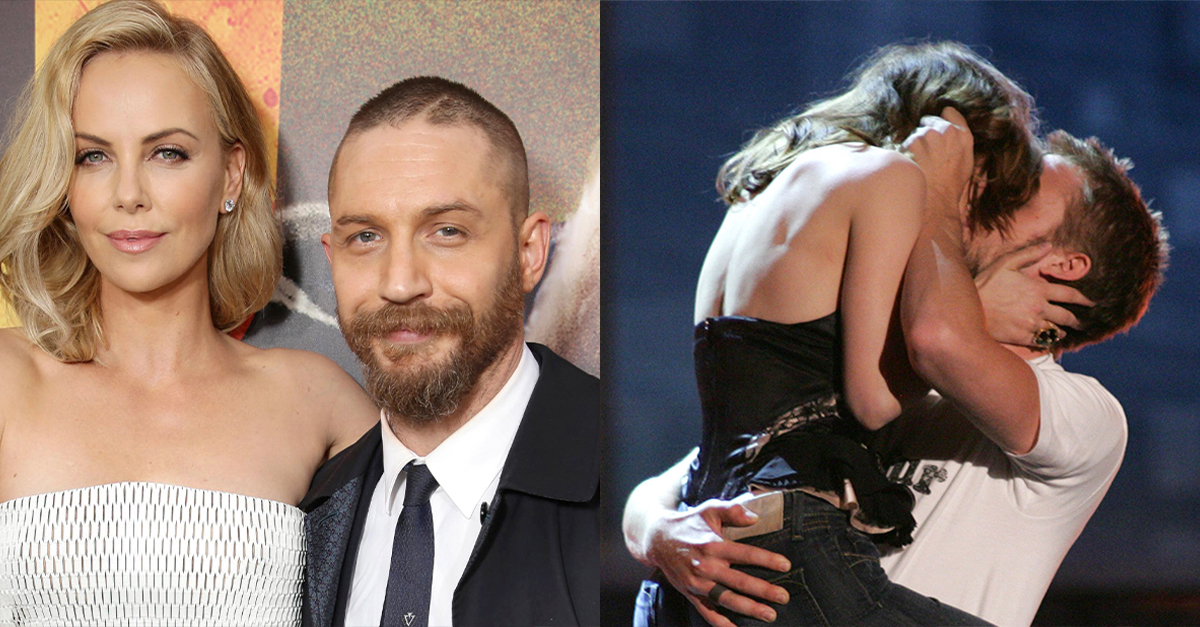Baseball Icons With Questionable Stats
They were the names you scribbled on notebooks and the jerseys you begged your parents to buy. But how many of those baseball heroes were truly as good as we thought?
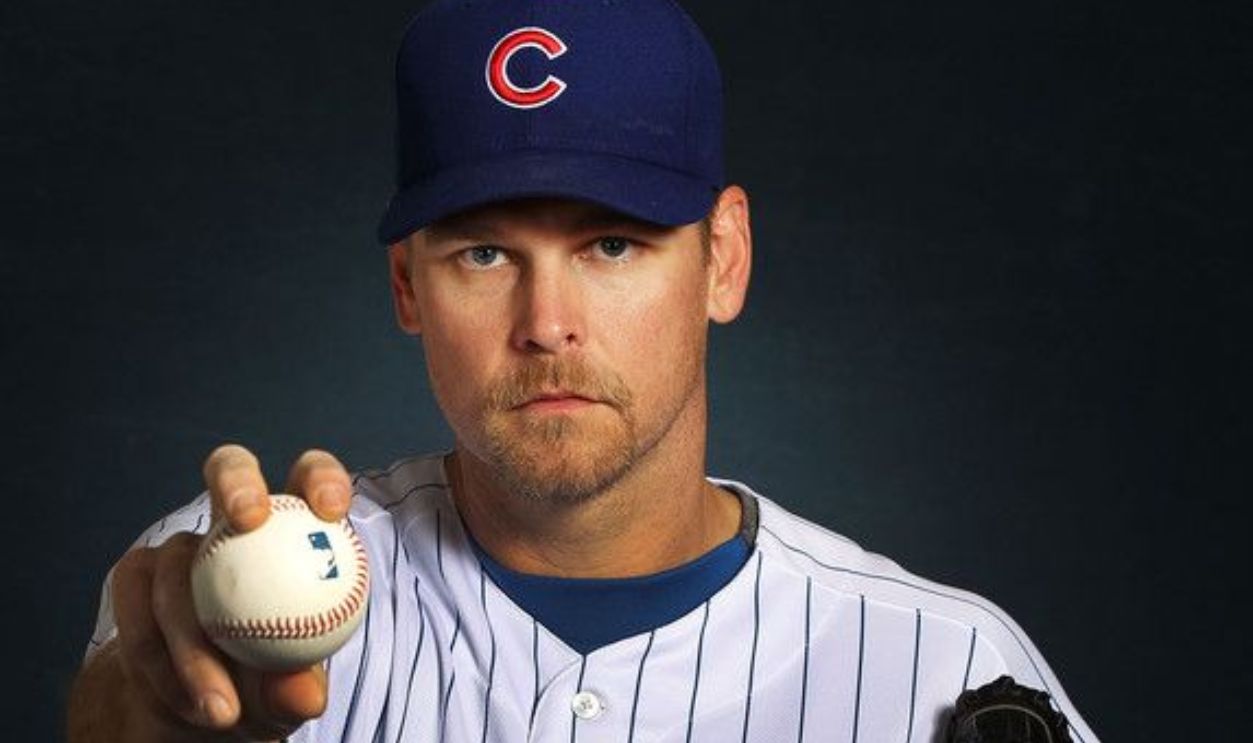
Bo Jackson
There’s no denying Bo Jackson was a cultural phenomenon. He was the guy kids mimicked in backyard wiffle ball games and idolized on "Bo Knows" posters. But while his athleticism was jaw-dropping, his actual baseball career didn’t quite match the myth.
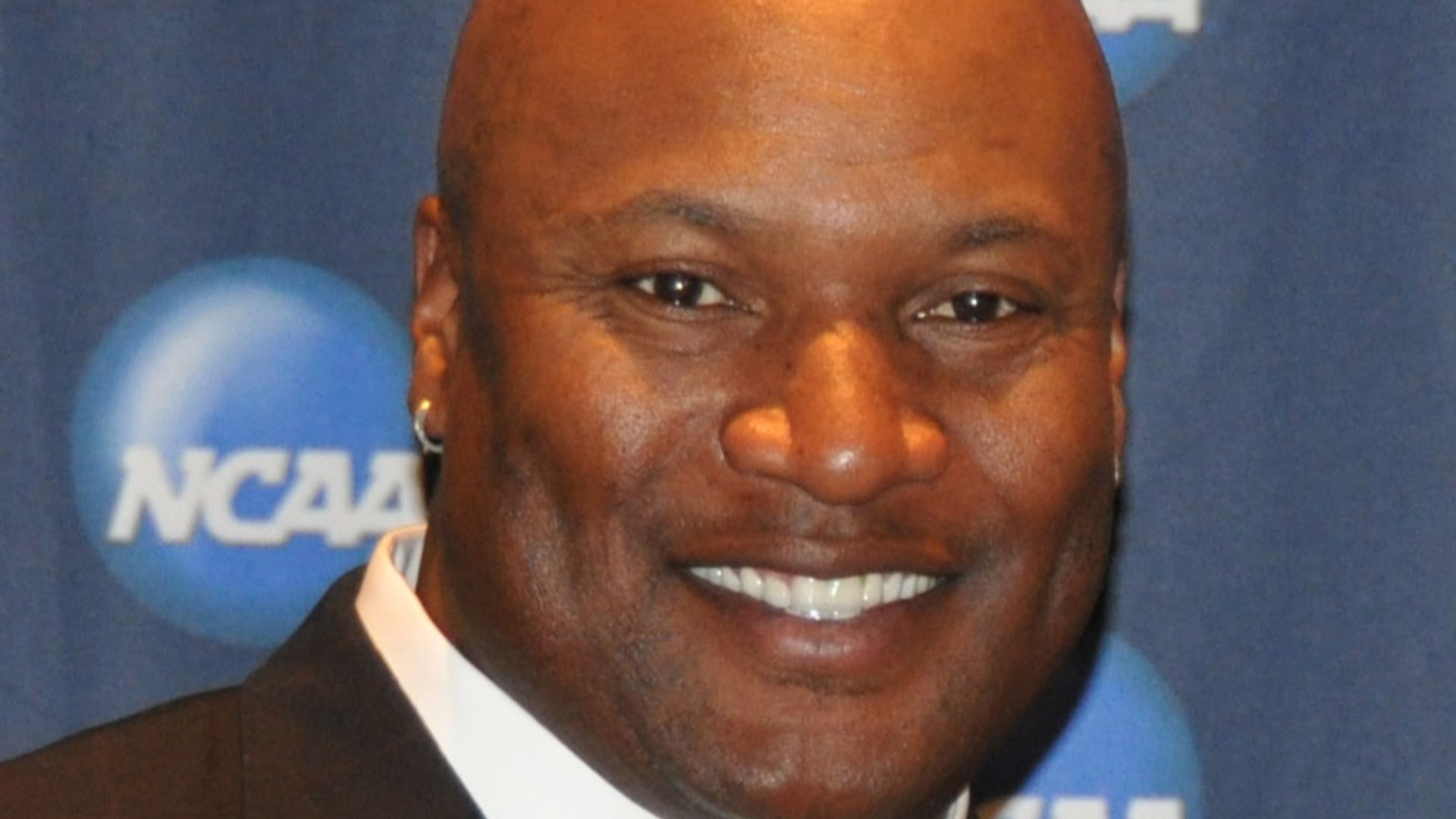 U.S. Army Materiel Command (AMC Photo by Chris Putman), Wikimedia Commons
U.S. Army Materiel Command (AMC Photo by Chris Putman), Wikimedia Commons
Bo Jackson (Cont.)
In parts of eight MLB seasons, Bo batted .250 with 141 home runs and a sky-high strikeout rate—over 34.4% in his final full season. He never hit more than 32 homers in a single season, and a devastating hip injury cut short any chance of baseball greatness.
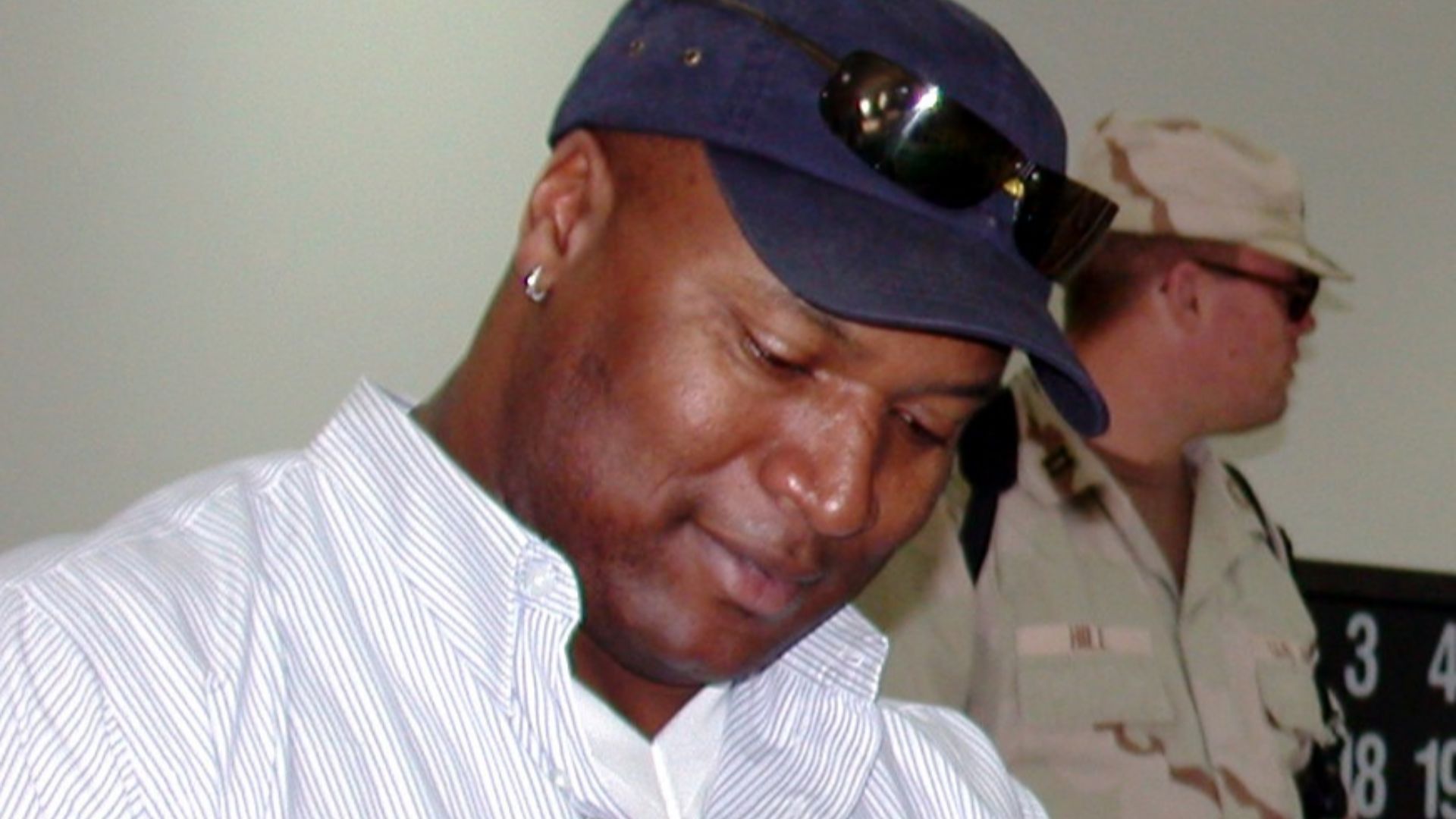 Senior Airman James C. Dillard; cropped by User:Blueag9., Wikimedia Commons
Senior Airman James C. Dillard; cropped by User:Blueag9., Wikimedia Commons
Dwight Gooden
When Dwight “Doc” Gooden burst onto the scene in 1984, it felt like baseball had found its next superstar ace. His second season was the stuff of legend—24 wins, a 1.53 ERA, and 268 strikeouts at just 20 years old. But that dazzling peak came too early.
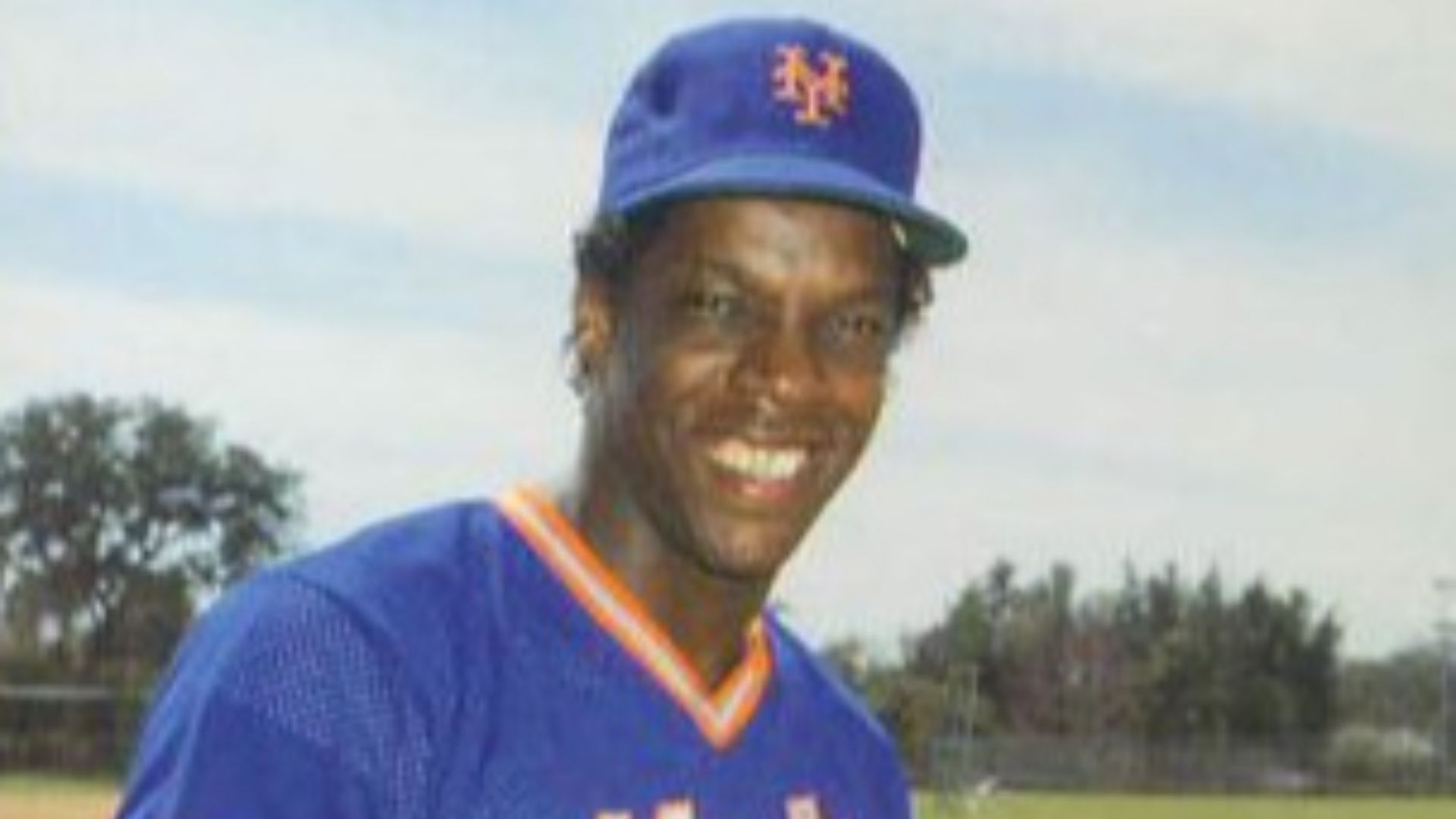 Barry Colla Photography, Wikimedia Commons
Barry Colla Photography, Wikimedia Commons
Dwight Gooden (Cont.)
Drug suspensions and arm troubles haunted him throughout his career. He’d post double-digit wins in later years but never recaptured the dominance of his youth. Childhood fans remember the fireballer with the golden arm. The reality? One truly transcendent year, followed by a long, uneven fall from grace.
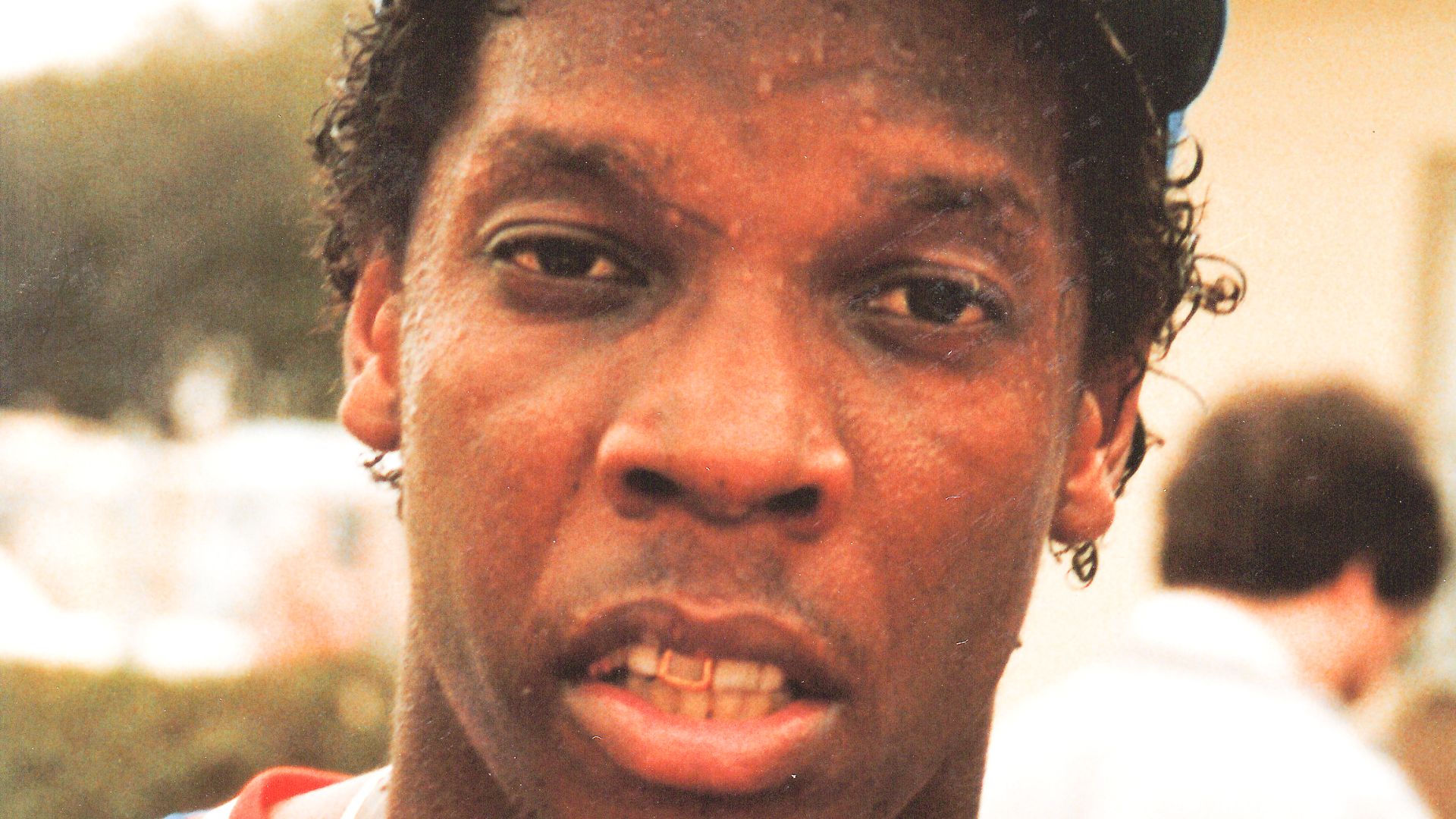 Jeff Marquis, Wikimedia Commons
Jeff Marquis, Wikimedia Commons
Jack Morris
For years, Jack Morris was celebrated as the ultimate big-game pitcher. His 10-inning shutout in the seventh game of the 1991 World Series remains one of the greatest postseason performances ever. But outside of that legendary night, Morris’ career was more dependable than dominant.
 1991 WS Gm7: Morris' 10-inning shutout by MLB
1991 WS Gm7: Morris' 10-inning shutout by MLB
Jack Morris (Cont.)
He won 254 games over 18 seasons, yet never captured a Cy Young Award or led the league in ERA. His career WAR (43.5) is modest for a player in Cooperstown. Much of his reputation rests on a narrative about clutch moments and being part of championship teams.
 Arturo Pardavila III from Hoboken, NJ, USA, Wikimedia Commons
Arturo Pardavila III from Hoboken, NJ, USA, Wikimedia Commons
Nomar Garciaparra
Kids in Boston worshipped Nomar Garciaparra. And why wouldn’t they? In 1999 and 2000, he won back-to-back batting titles and seemed like the perfect blend of grit and finesse. But injuries began to pile up, especially after wrist surgery in 2001, and Nomar never fully recovered.
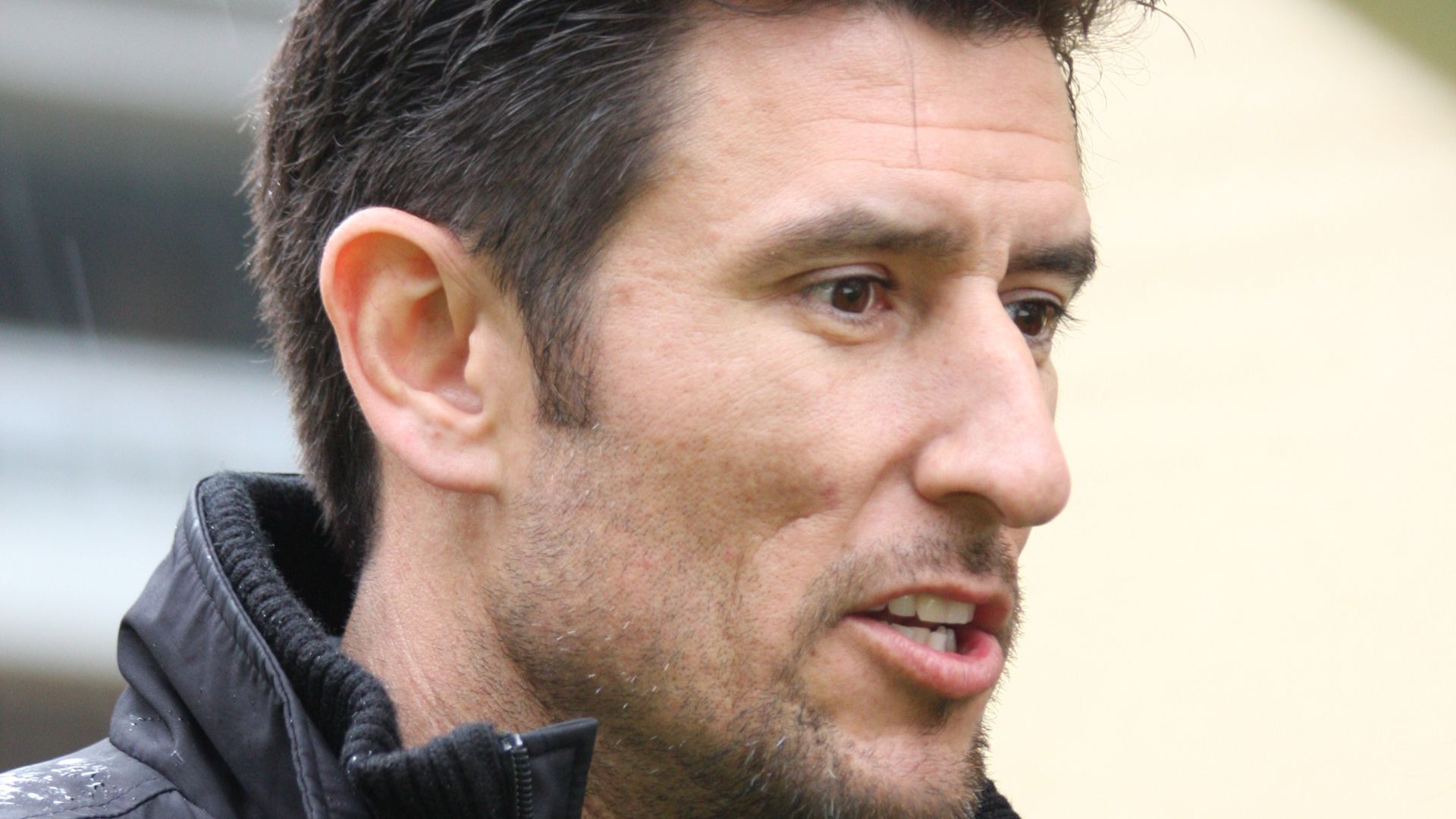 Rob Poetsch, Wikimedia Commons
Rob Poetsch, Wikimedia Commons
Nomar Garciaparra (Cont.)
Despite hitting .313 for his career, he played more than 125 games in only six seasons. He was quickly overshadowed by his peers, who consistently produced elite numbers. When fans look back, it’s hard not to see a star who flared out just as quickly as he rose.
 Nomar Garciaparra career highlights by Catcher Daily
Nomar Garciaparra career highlights by Catcher Daily
Todd Van Poppel
Todd Van Poppel might be the purest example of how hype can overshadow reality. Drafted 14th overall in 1990, he was supposed to be the next Nolan Ryan: a flame-throwing right-hander destined for greatness. Oakland gave him a massive signing bonus, bypassing the minors almost entirely.
 Oakland A's-Todd Van Poppel.mp4 by Mickey Lonchar
Oakland A's-Todd Van Poppel.mp4 by Mickey Lonchar
Todd Van Poppel (Cont.)
However, this turned out to be a colossal mistake. Van Poppel’s mechanics never developed. His control was erratic, and his career ERA ballooned to 5.58 over 9 seasons. For kids who collected his rookie cards thinking they held a future Hall of Famer, it’s a bitter pill.
 Oakland A's-Todd Van Poppel.mp4 by Mickey Lonchar
Oakland A's-Todd Van Poppel.mp4 by Mickey Lonchar
Jose Canseco
In the late 1980s, Jose Canseco was baseball’s rock star. He became the first to hit 40 home runs with 40 bases in a season, a feat that earned him MVP honors in 1988. But the hype quickly ballooned beyond his consistency.
Jose Canseco (Cont.)
Canseco’s career batting average settled at a modest .266, and despite all that raw power, he only led the league in home runs two times. Injuries and steroids defined his story. Instead of a Hall of Fame plaque, he left behind a tell-all book that dragged half the league into scandal.
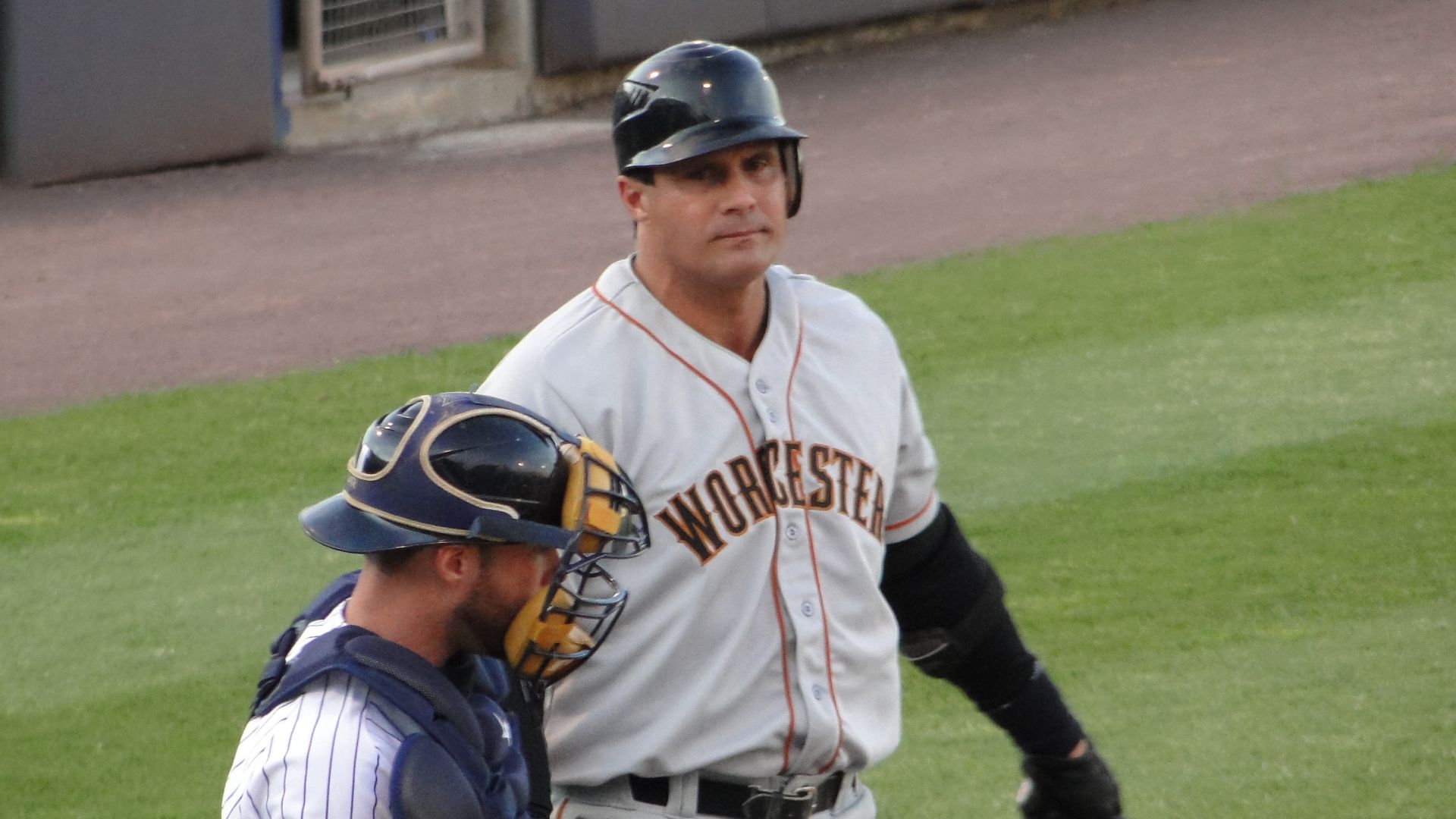 Bryan Horowitz, Wikimedia Commons
Bryan Horowitz, Wikimedia Commons
Jim Rice
Power at the plate? That was Jim Rice—or at least that’s how many Red Sox fans remember him. His 1978 MVP season was monstrous, with 46 home runs and 139 RBIs, but his dominance wasn’t sustained over the long haul.
 Jim RIce Talks Boston Red Sox Collapse In 1978 by CourtsideTweets
Jim RIce Talks Boston Red Sox Collapse In 1978 by CourtsideTweets
Jim Rice (Cont.)
Rice’s career fizzled after age 33, and his career WAR of 47.7 is low for a Hall of Famer. Critics argued that his case was built more on intimidation and media appeal than consistent output. It took him 15 years to get elected, which says plenty.
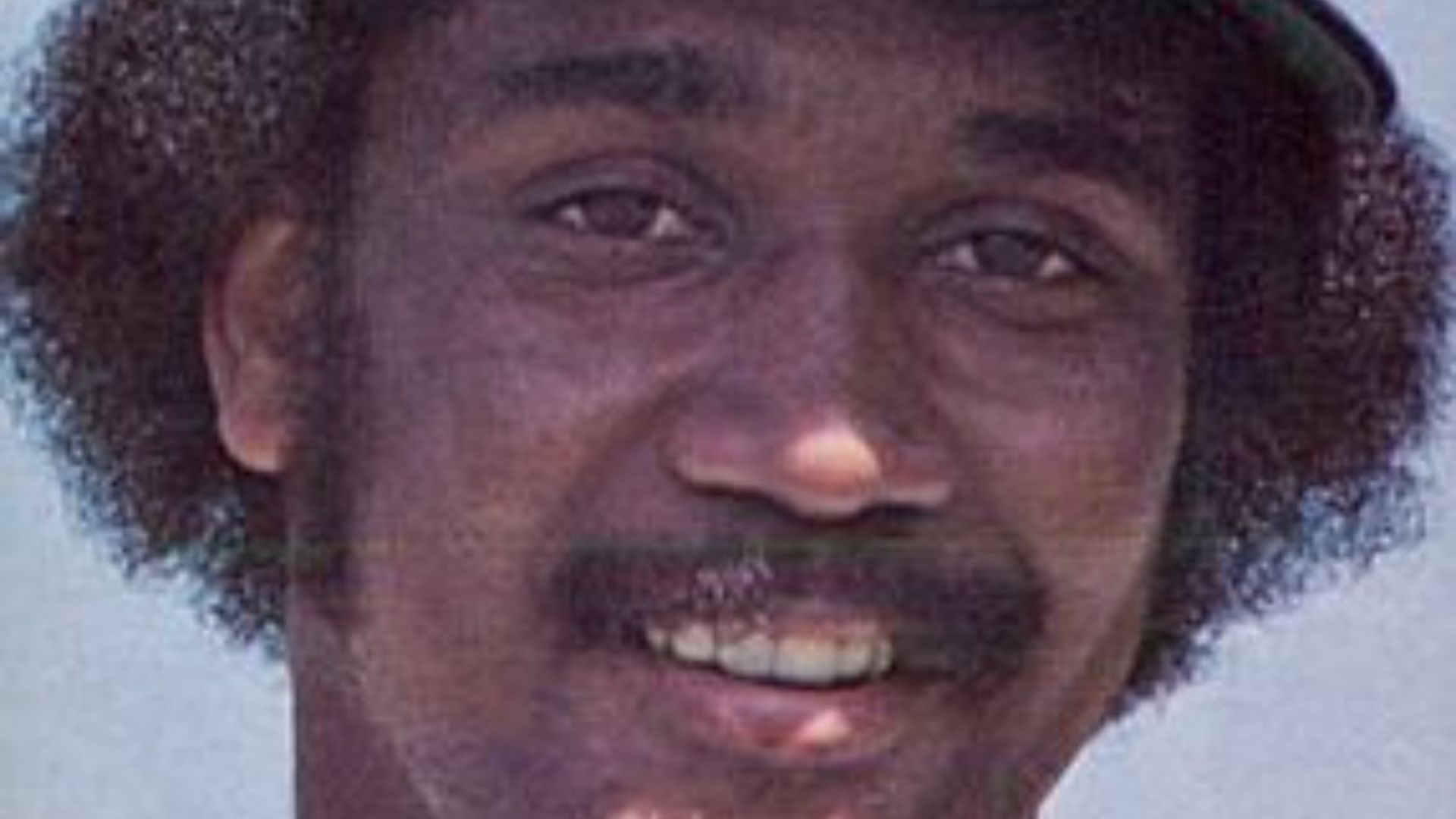 Unknown author, Wikimedia Commons
Unknown author, Wikimedia Commons
Darryl Strawberry
With his smooth left-handed swing and effortless power, Darryl Strawberry crushed 39 home runs at just 23 and helped lead the 1986 Mets to glory. At that point, it looked like he was inevitable. But Strawberry’s career was riddled with off-field struggles, like drug suspensions and rehab stints.
 WS Gm5: Strawberry acknowledges mocking fans by MLB
WS Gm5: Strawberry acknowledges mocking fans by MLB
Darryl Strawberry (Cont.)
His numbers weren’t awful (335 career homers), but he never cracked 40 in a single season, and his batting average dipped below .240 in five separate years. In a different world, he’s a top-10 slugger of his era. Instead, he became a cautionary tale about wasted potential and team drama.
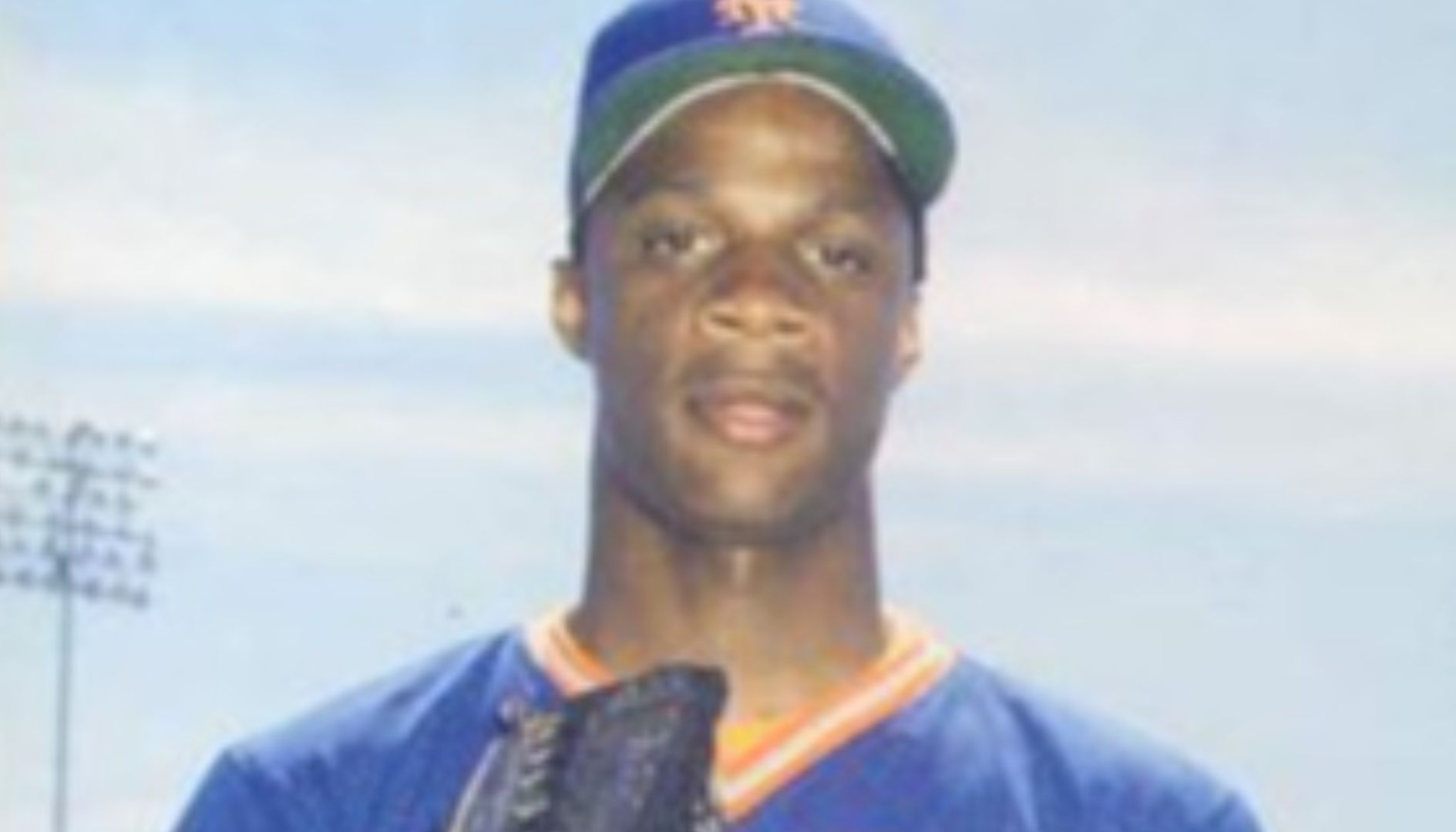 Barry Colla Photography, Wikimedia Commons
Barry Colla Photography, Wikimedia Commons
Eric Davis
Eric Davis was electric. At his best, he could hit and patrol center field like few others. His 1987 season, with 37 home runs and 50 stolen bases, made him feel like a cheat code in real life. But that season was also an outlier.
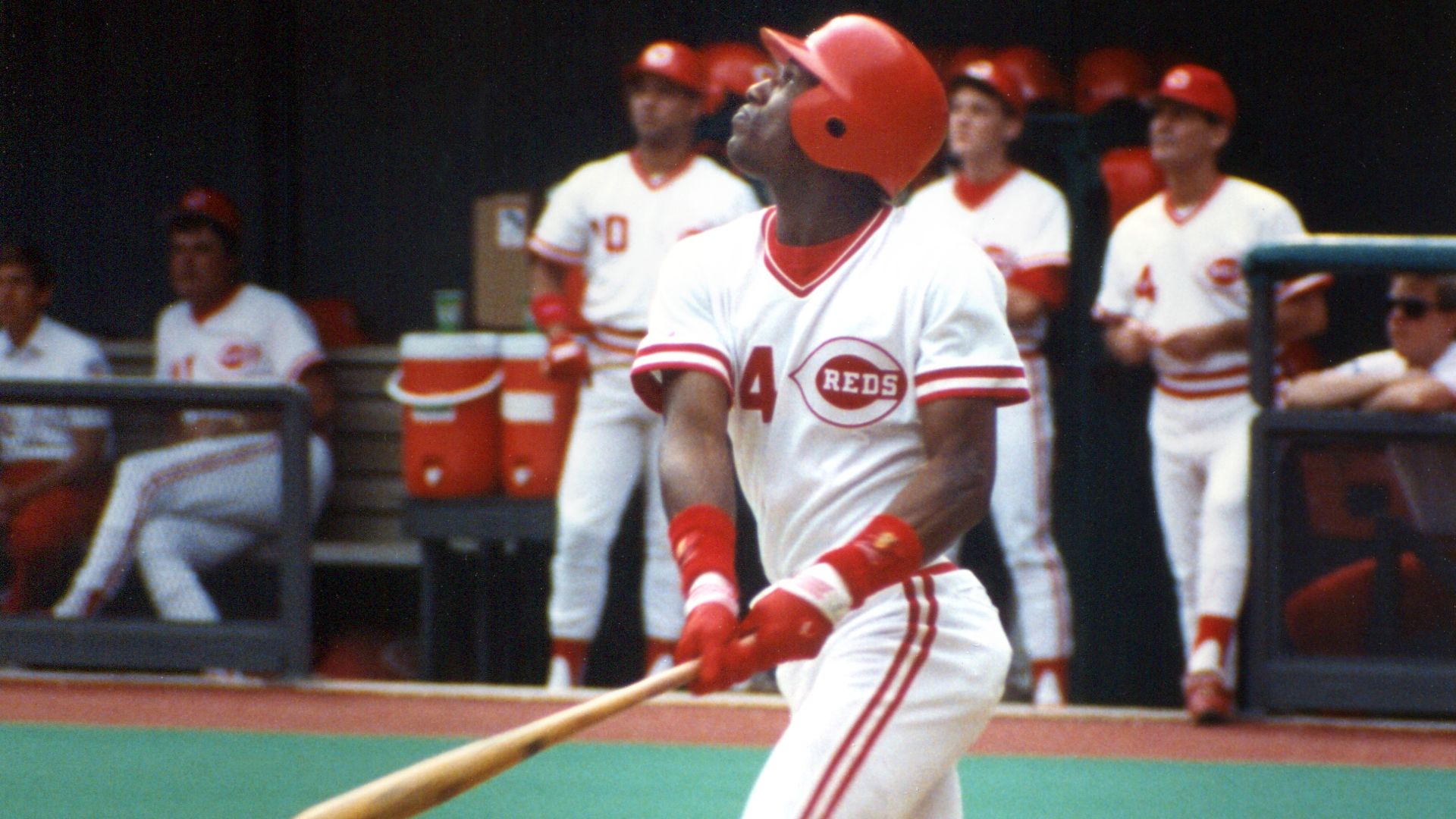 Rick Dikeman, Wikimedia Commons
Rick Dikeman, Wikimedia Commons
Eric Davis (Cont.)
Davis didn’t play more than 135 games in a season during his peak years and struggled with a litany of injuries. Over 17 years, he totaled just 282 homers and a .269 batting average. He flashed MVP-level potential, but the durability just wasn’t there.
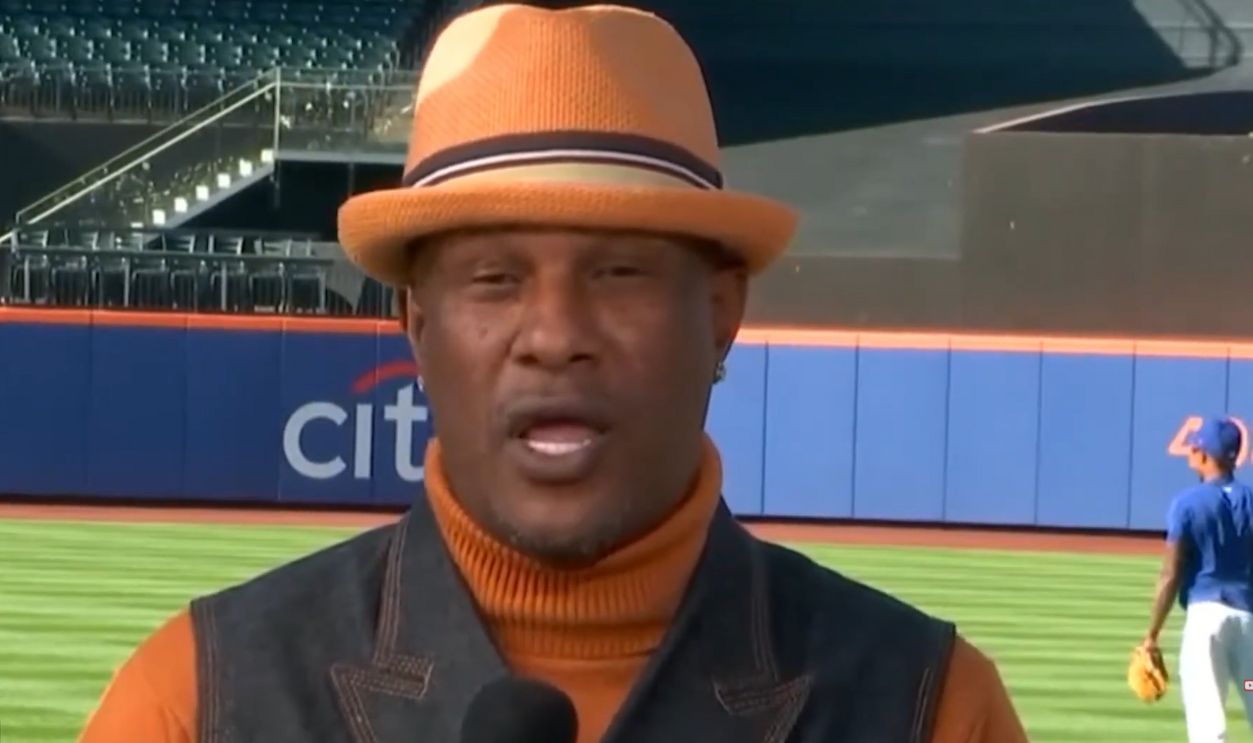 From Hero to Forgotten: The Unfulfilled Promise of Eric Davis by Baseball Universe
From Hero to Forgotten: The Unfulfilled Promise of Eric Davis by Baseball Universe
Ben McDonald
College dominance and a towering 6'7" frame made Ben McDonald look like a surefire ace in the making. LSU fans sang his praises, and the Orioles took him first overall in the 1989 draft. But the dominance never translated.
 Ben McDonald Dominates in 1-Hit Shutout | Orioles vs. Brewers: FULL Game by Baltimore Orioles
Ben McDonald Dominates in 1-Hit Shutout | Orioles vs. Brewers: FULL Game by Baltimore Orioles
Ben McDonald (Cont.)
Though McDonald showed flashes, like that complete game shutout in his debut, he posted a career 3.91 ERA and 78 wins over nine injury-plagued seasons. His body just couldn’t hold up, and he retired by age 29. For a guy once labeled “can’t-miss,” he missed the mark by quite a bit.
 McDag Productions, Wikimedia Commons
McDag Productions, Wikimedia Commons
Shawn Green
For many, hitting four home runs in a single game in 2002 helped Shawn Green seal his spot in baseball memory. He was a fantasy league favorite, posting back-to-back 40-homer seasons with the Dodgers. But outside that brief hot stretch, Green’s career was more solid than spectacular.
 Ryosuke Yagi, Wikimedia Commons
Ryosuke Yagi, Wikimedia Commons
Shawn Green (Cont.)
He retired with 328 homers and a .283 batting average, which is respectable but not Hall of Fame material. Defensively, he was average at best. While he felt like a big deal in the early 2000s, especially for kids tuning in to SportsCenter highlights, Green ultimately settled into the “good-not-great” category.
Phil Rizzuto
Phil Rizzuto’s name carries more weight in memory than in numbers. He played 13 seasons with the Yankees, won an MVP in 1950, and claimed seven World Series titles. His scrappy play and slick-fielding won hearts, and his post-retirement career as a beloved broadcaster only deepened the nostalgia.
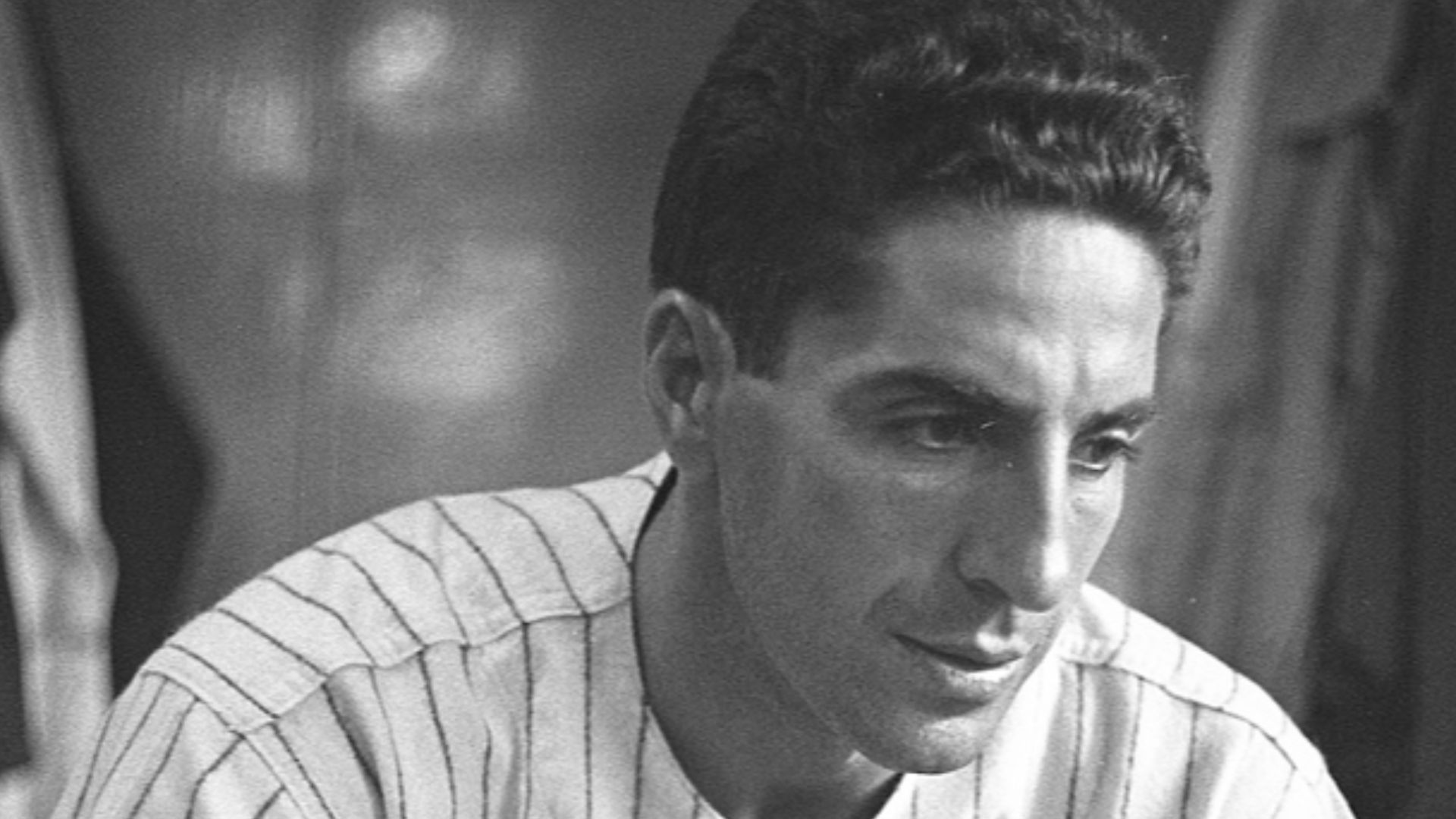 Stanley Kubrick for LOOK Magazine, Wikimedia Commons
Stanley Kubrick for LOOK Magazine, Wikimedia Commons
Phil Rizzuto (Cont.)
But his career numbers (.273 average, 38 home runs, and 42.2 WAR) don’t exactly scream legendary. He wasn’t a power hitter, and his on-base skills were average. Rizzuto’s enshrinement owes more to Yankee mystique. Kids loved him, yes. But by today’s standards, he’s more folk hero than undisputed great.
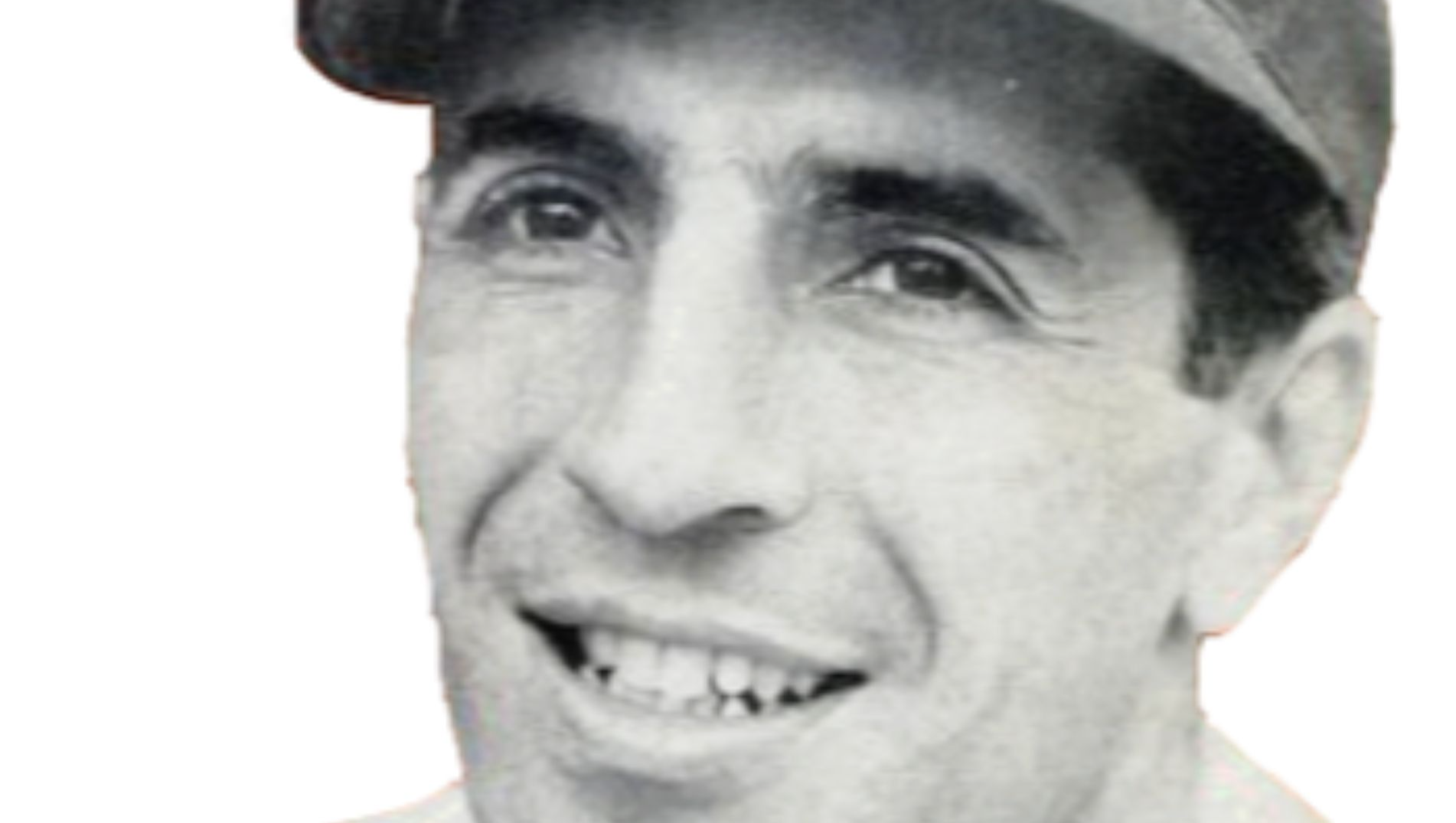 Unknown author, Wikimedia Commons
Unknown author, Wikimedia Commons
Mark Prior
Few young pitchers arrived with as much polish and promise as Mark Prior. When the Cubs drafted him as second overall in 2001, he was immediately billed as a future Hall of Famer—blessed with pinpoint control and a textbook delivery.
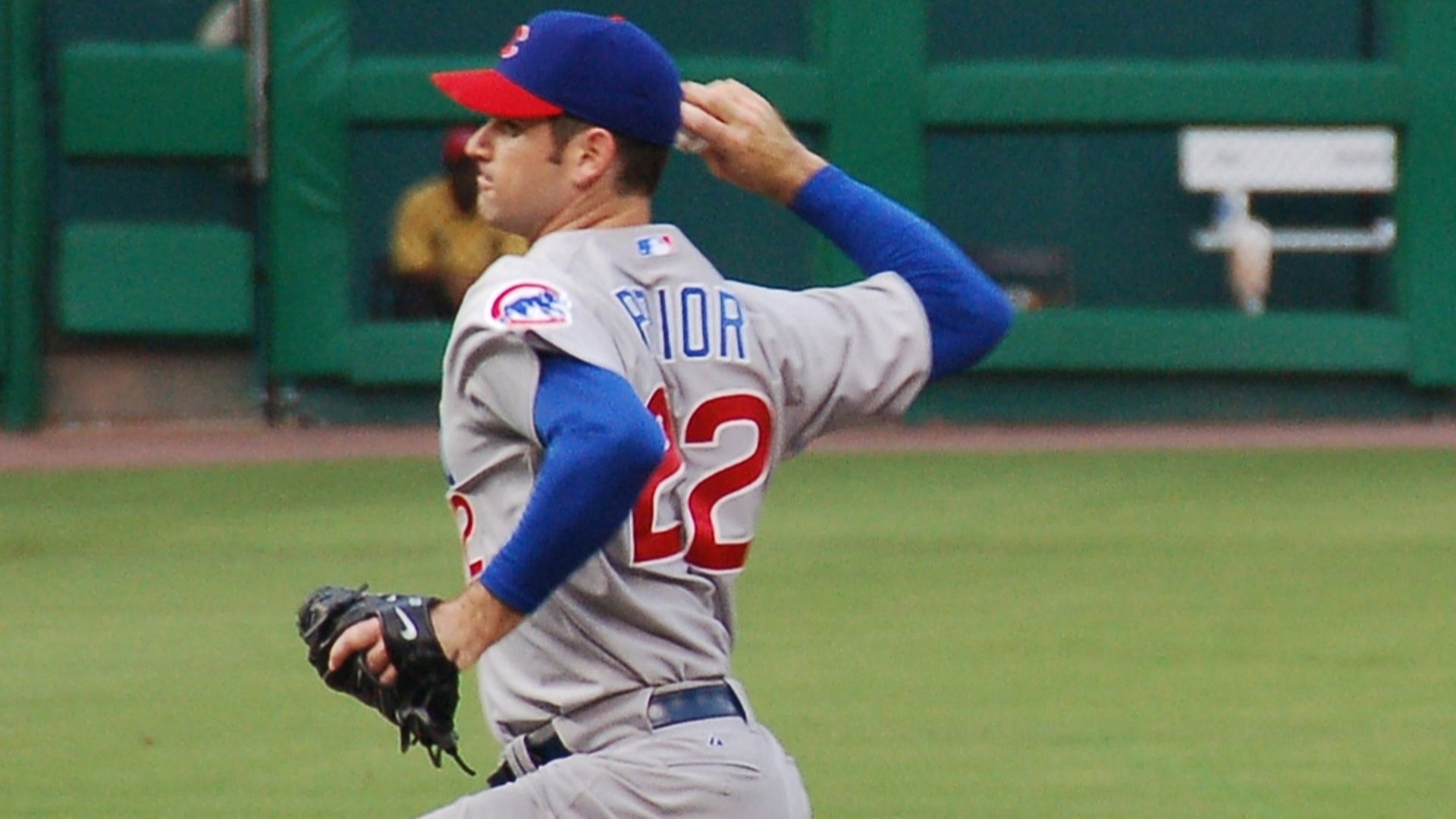 Scott Ableman on Flickr (Original version), Wikimedia Commons
Scott Ableman on Flickr (Original version), Wikimedia Commons
Mark Prior (Cont.)
In 2003, he lived up to the billing: 18 wins, a 2.43 ERA, and 245 strikeouts in just 211 innings. But arm injuries began to pile up, and his mechanics—once praised as flawless—became a cautionary tale in overuse. By 25, his major league career was essentially over.
 2003 NLDS Gm3: Prior finishes complete game, Cubs win by MLB
2003 NLDS Gm3: Prior finishes complete game, Cubs win by MLB
Kerry Wood
If you were a baseball-loving kid in 1998, Kerry Wood’s 20-strikeout game was seared into your brain. At just 20 years old, he tied a major league record and looked like the next Randy Johnson in the making. But the magic was fleeting.
Kerry Wood (Cont.)
Wood missed the 1999 season due to Tommy John surgery, and though he reinvented himself as a serviceable reliever later, he never became the dominating force many expected. His career ERA settled at 3.67 with just 86 wins, a far cry from the expectations placed on his shoulder-heavy frame.
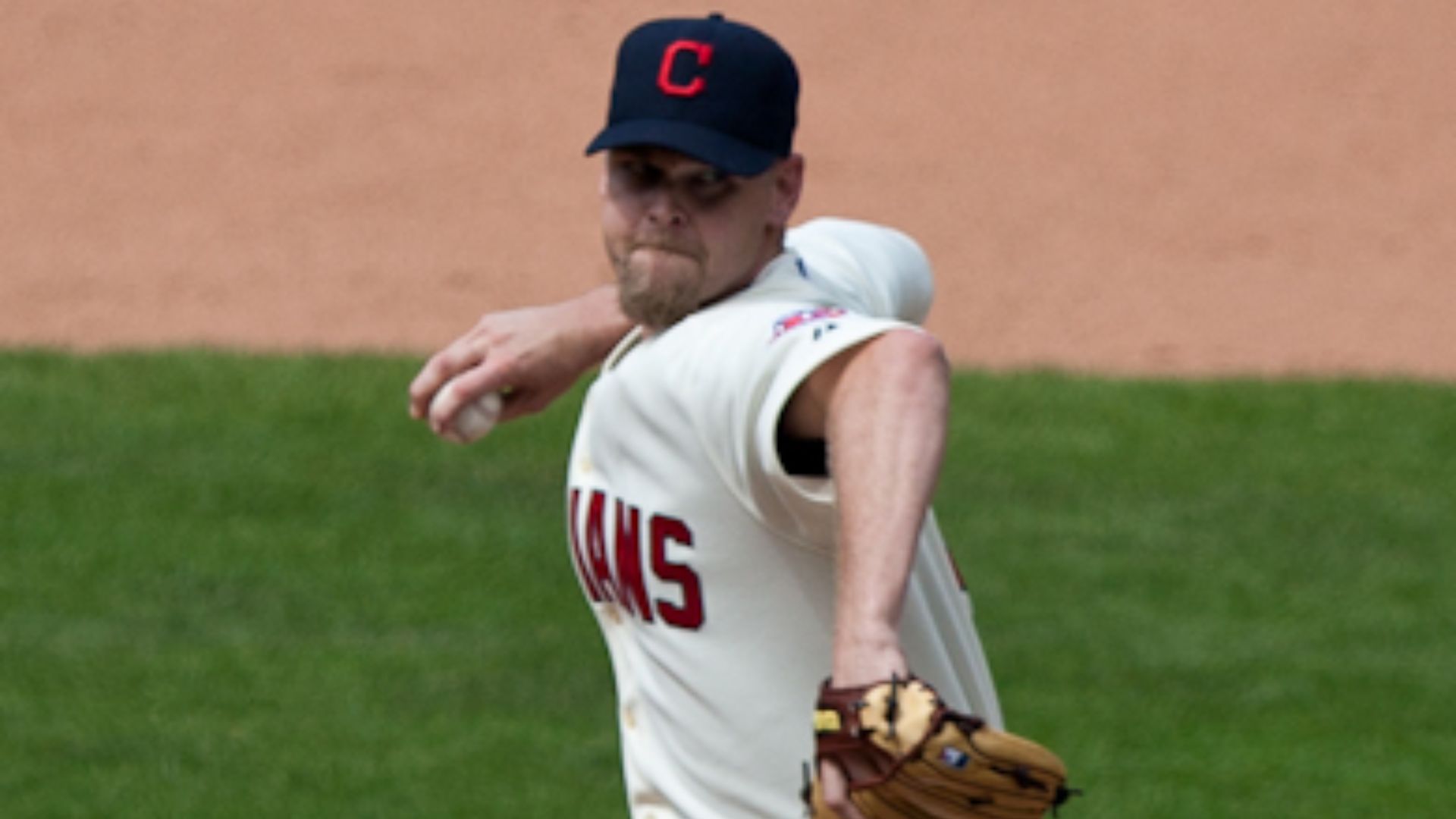 MissChatter on Flickr (Original version) UCinternational (Crop), Wikimedia Commons
MissChatter on Flickr (Original version) UCinternational (Crop), Wikimedia Commons
Jeff Francoeur
Jeff Francoeur came out of the gates like a superhero. His MLB debut in 2005 was electric, with home runs and outfield assists. Sports Illustrated dubbed him “The Natural,” and Braves fans quickly embraced him as their next franchise cornerstone. But that magic faded.
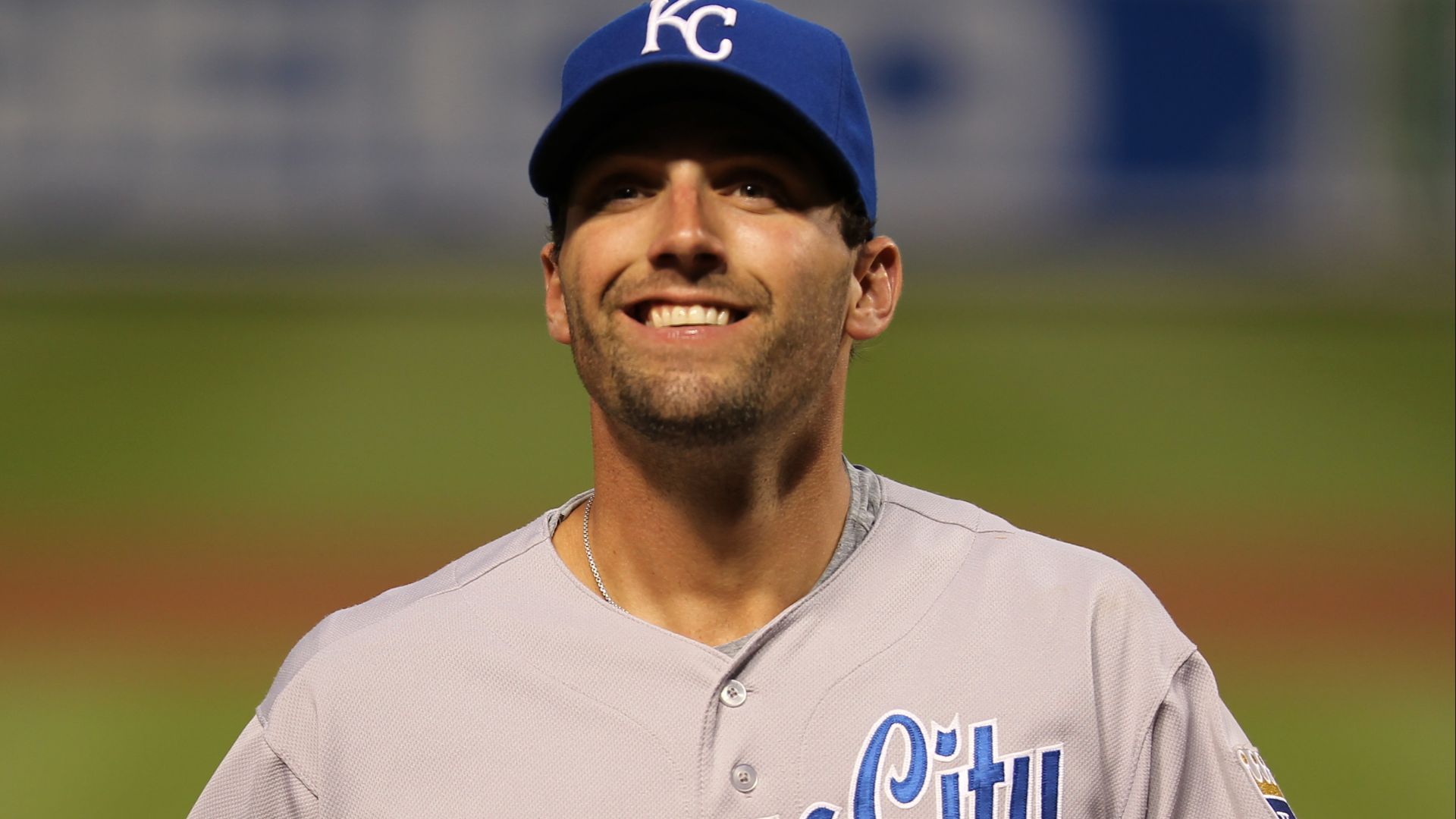 Keith Allison on Flickr, Wikimedia Commons
Keith Allison on Flickr, Wikimedia Commons
Jeff Francoeur (Cont.)
Francoeur never adjusted to big-league pitching and ended his career with a .261 batting average and .296 on-base percentage—well below the league average. His power was streaky, and his defense never quite made up the difference. He became a journeyman, bouncing from team to team.
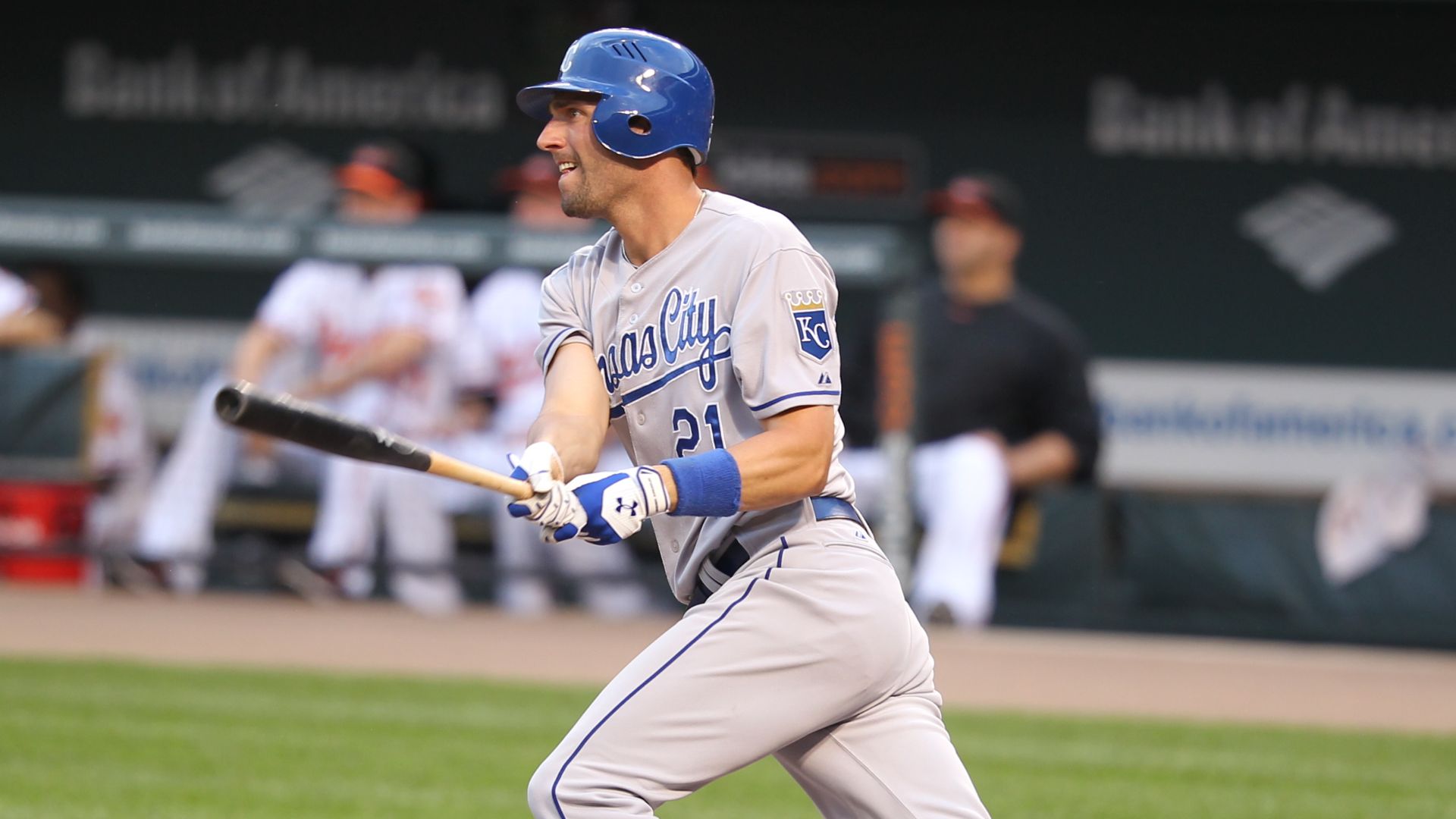 Keith Allison on Flickr, Wikimedia Commons
Keith Allison on Flickr, Wikimedia Commons
Jason Kendall
Why wouldn’t coaches love Jason Kendall? He was tough and gritty. He debuted with promise, hitting over .300 multiple times early in his career, and even stole 20+ bases in three seasons, a rarity for his position. But with over 2,000 games, his actual production rarely matched the praise.
 Jason Kendall - Career Highlights by J-Roy
Jason Kendall - Career Highlights by J-Roy
Jason Kendall (Cont.)
Kendall’s power was virtually nonexistent. He hit just 75 home runs across 15 seasons, and his slugging percentage was consistently below league average. Defensively, he was solid but not elite. Despite his durability, he was more of a compiler than a game-changer.
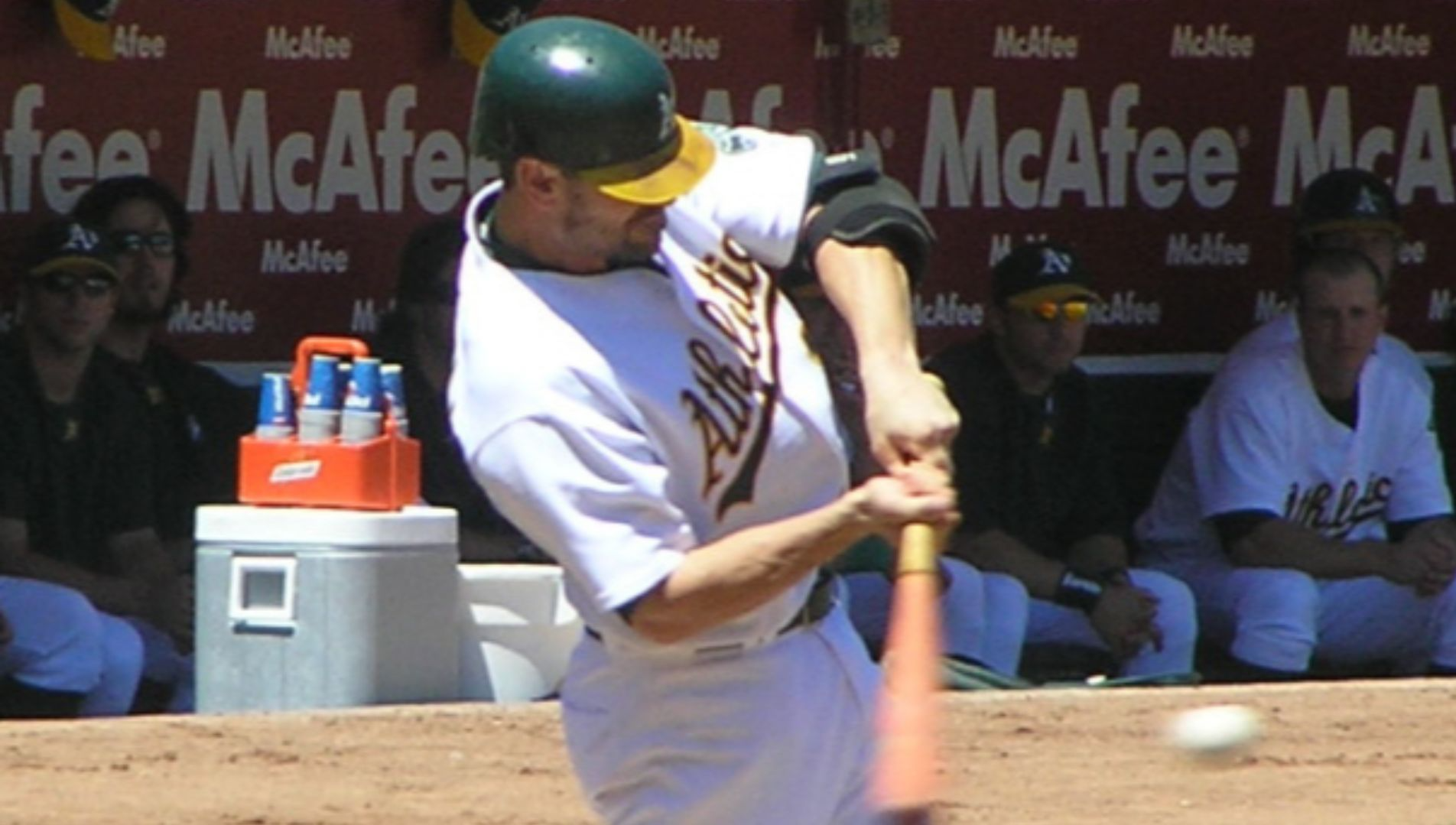 Jlaff on en.wikipedia, Wikimedia Commons
Jlaff on en.wikipedia, Wikimedia Commons
Mo Vaughn
Literally and figuratively, Mo Vaughn was larger than life. He crushed towering home runs for the Red Sox in the mid-1990s and won the 1995 AL MVP. To many, he looked like a force you couldn’t pitch around.
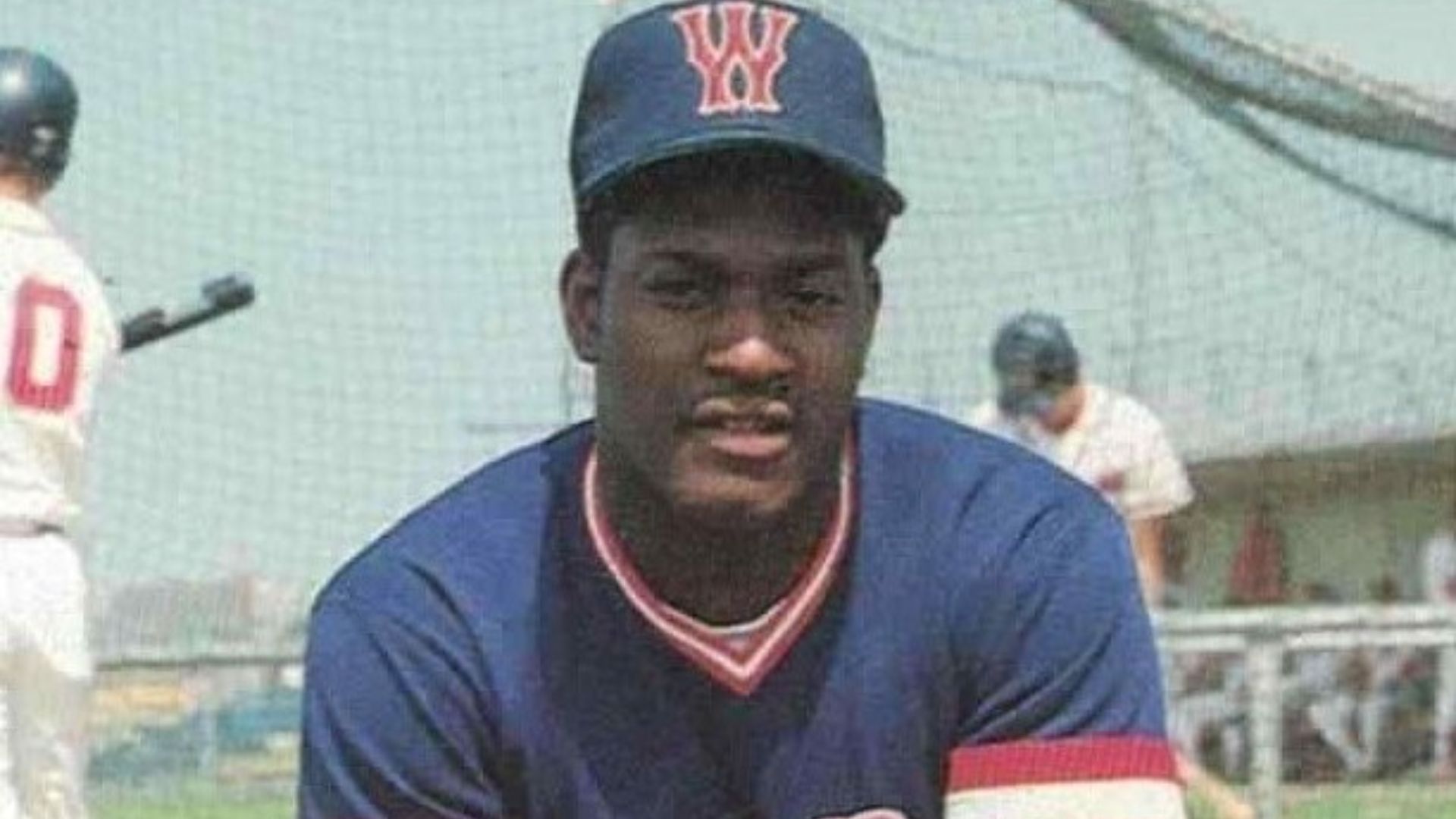 Ballpark Cape Cod League Prospects, Wikimedia Commons
Ballpark Cape Cod League Prospects, Wikimedia Commons
Mo Vaughn (Cont.)
Unfortunately, weight issues began to plague him as he moved to Anaheim and later the Mets. His career slash line of .293/.383/.523 looks strong, but he only had three truly elite seasons. The decline was steep enough to miss the entire 2001 season and retire two years later.
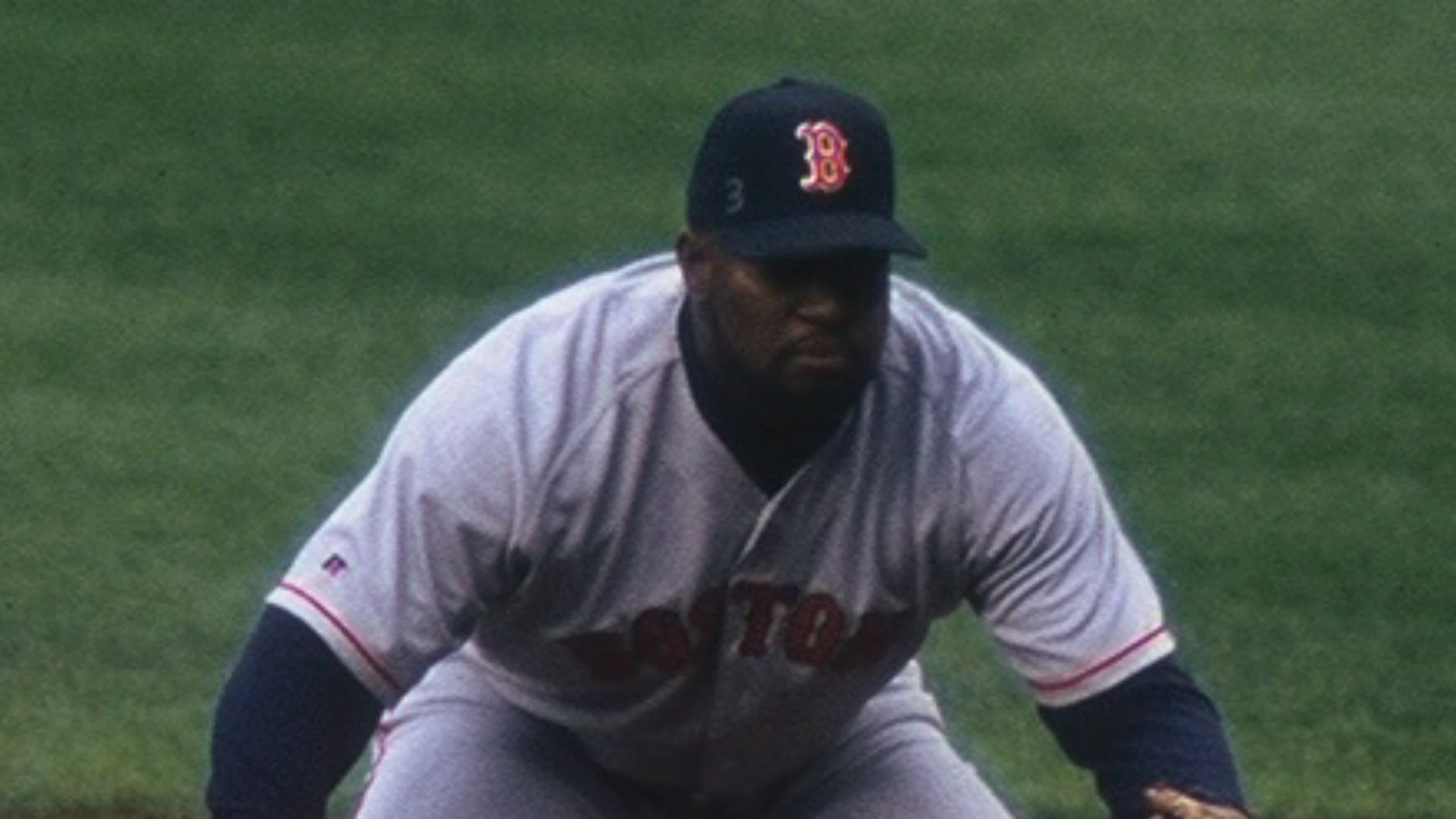 Jon Gudorf Photography, Wikimedia Commons
Jon Gudorf Photography, Wikimedia Commons
Kevin Maas
In 1990, Kevin Maas looked like the Yankees’s next great slugger. He hit 21 home runs in his first 72 games to spark a hype that had fans declaring him the heir to Don Mattingly. Rookie cards flew off the shelves. But Maas never lived up to the buzz.
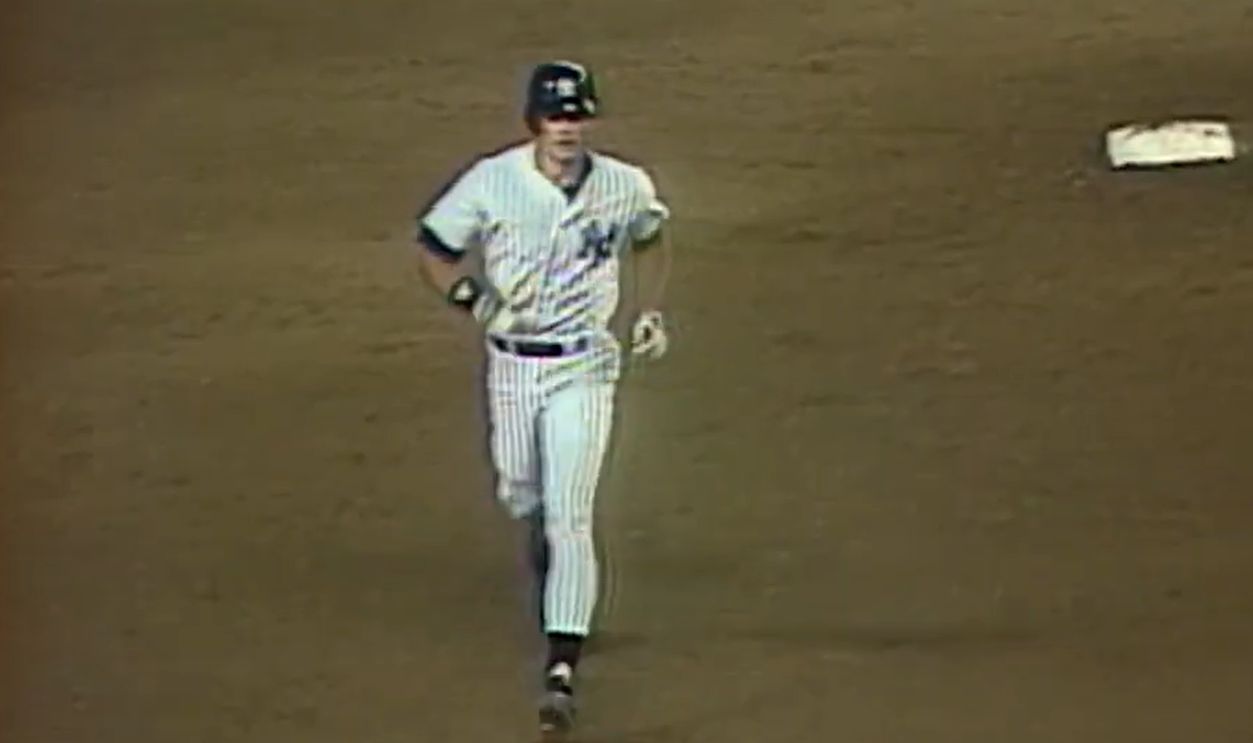 Kevin Maas hits his 10th home run of 1990 season by colbymusic08
Kevin Maas hits his 10th home run of 1990 season by colbymusic08
Kevin Maas (Cont.)
Pitchers adjusted, and he didn’t. His strikeout rate climbed, and his power disappeared. By 1992, Maas was back in the minors, and by age 30, his major league career was over. He finished with just 65 career home runs and a .230 batting average.
 Kevin Maas hits his 10th home run of 1990 season by MLB
Kevin Maas hits his 10th home run of 1990 season by MLB
Rick Ankiel (as a pitcher)
As a pitcher, Rick Ankiel debuted with jaw-dropping talent by posting a 3.50 ERA and 194 strikeouts in his first full season with the Cardinals in 2000. But when the postseason lights came on, everything changed.
 2000: Giants @ Cardinals (Rick Ankiel) by Classic Sports
2000: Giants @ Cardinals (Rick Ankiel) by Classic Sports
Rick Ankiel (as a pitcher) (Cont.)
In his first playoff start, Ankiel threw five wild pitches in one inning, becoming visibly rattled. His control collapsed entirely, and he never regained his command. Though he later reinvented himself as a decent outfielder, many fans still remember him as a pitching phenom who never reached his full potential.
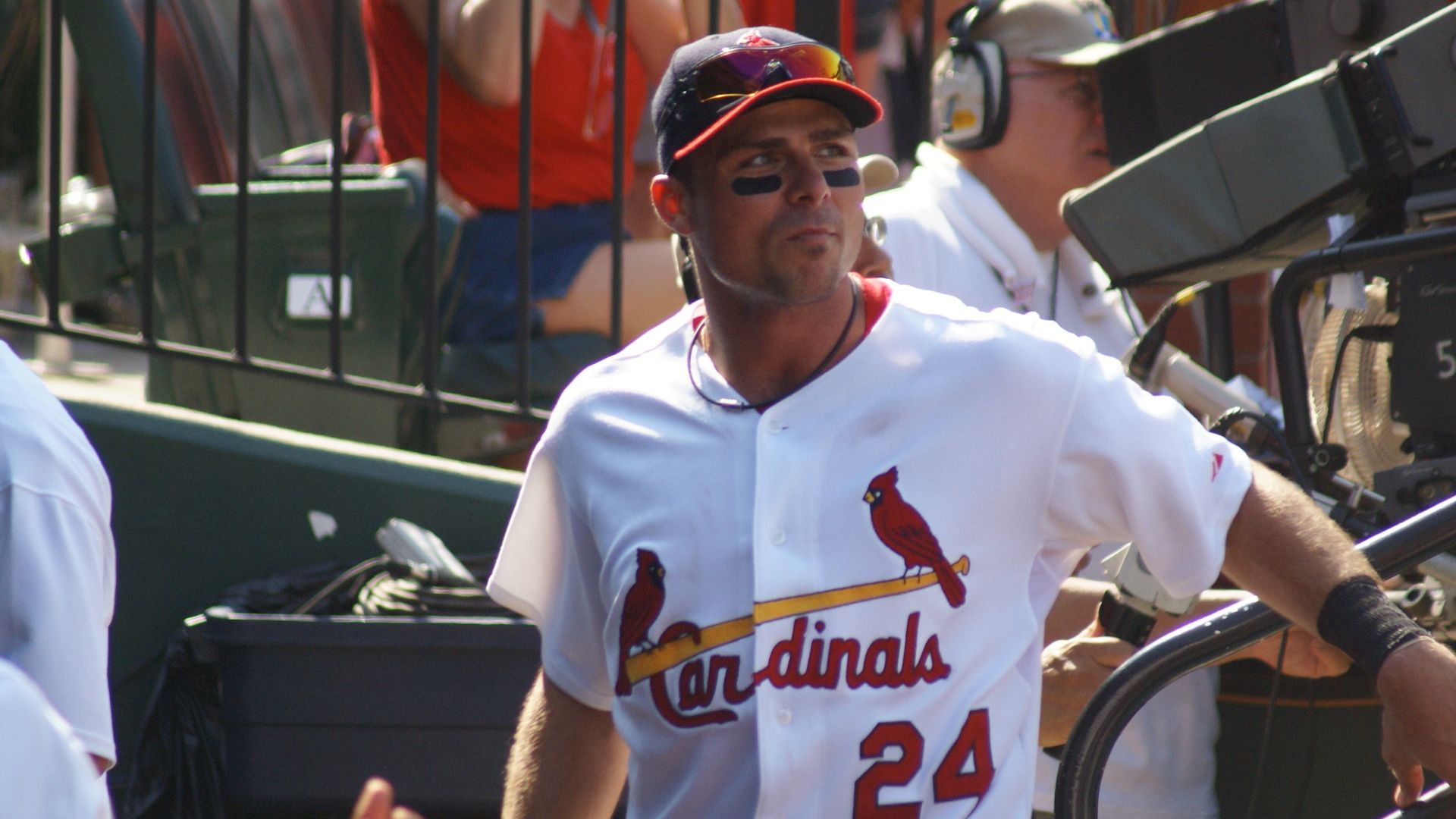 Barbara moore, Wikimedia Commons
Barbara moore, Wikimedia Commons
J D Drew
Few prospects came with more hype (or controversy) than J D Drew. Drafted second overall in 1997, he famously refused to sign unless given a $10 million contract, which set the tone for a career that often rubbed fans the wrong way.
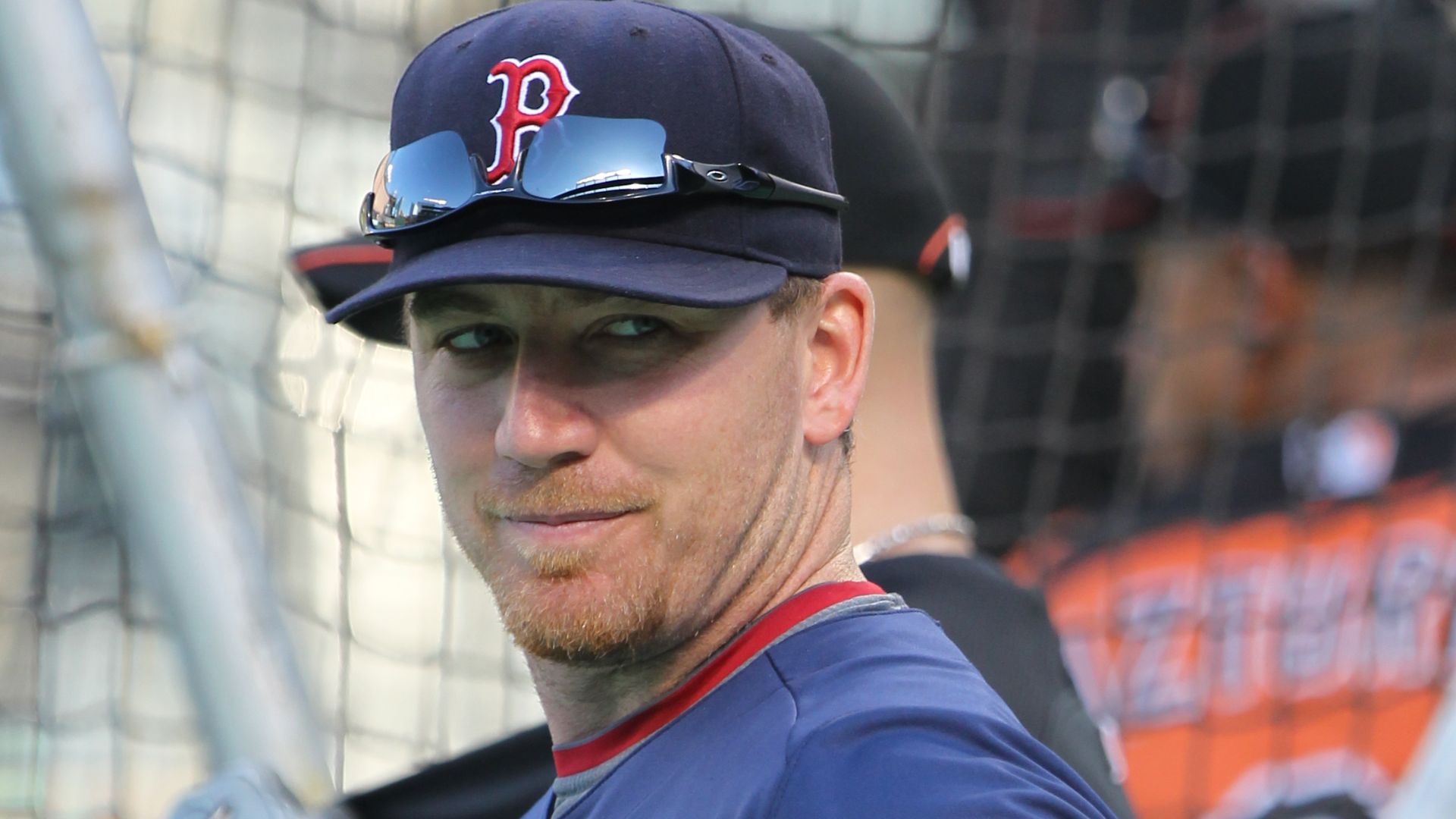 Keith Allison from Owings Mills, USA, Wikimedia Commons
Keith Allison from Owings Mills, USA, Wikimedia Commons
J D Drew (Cont.)
Drew had the tools: smooth swing and solid defense. But he rarely seemed to play with urgency. He averaged fewer than 120 games per season and hit 30+ homers once in his 14-year career. His .278 average and .384 OBP are respectable, but many felt he never maximized his talent.
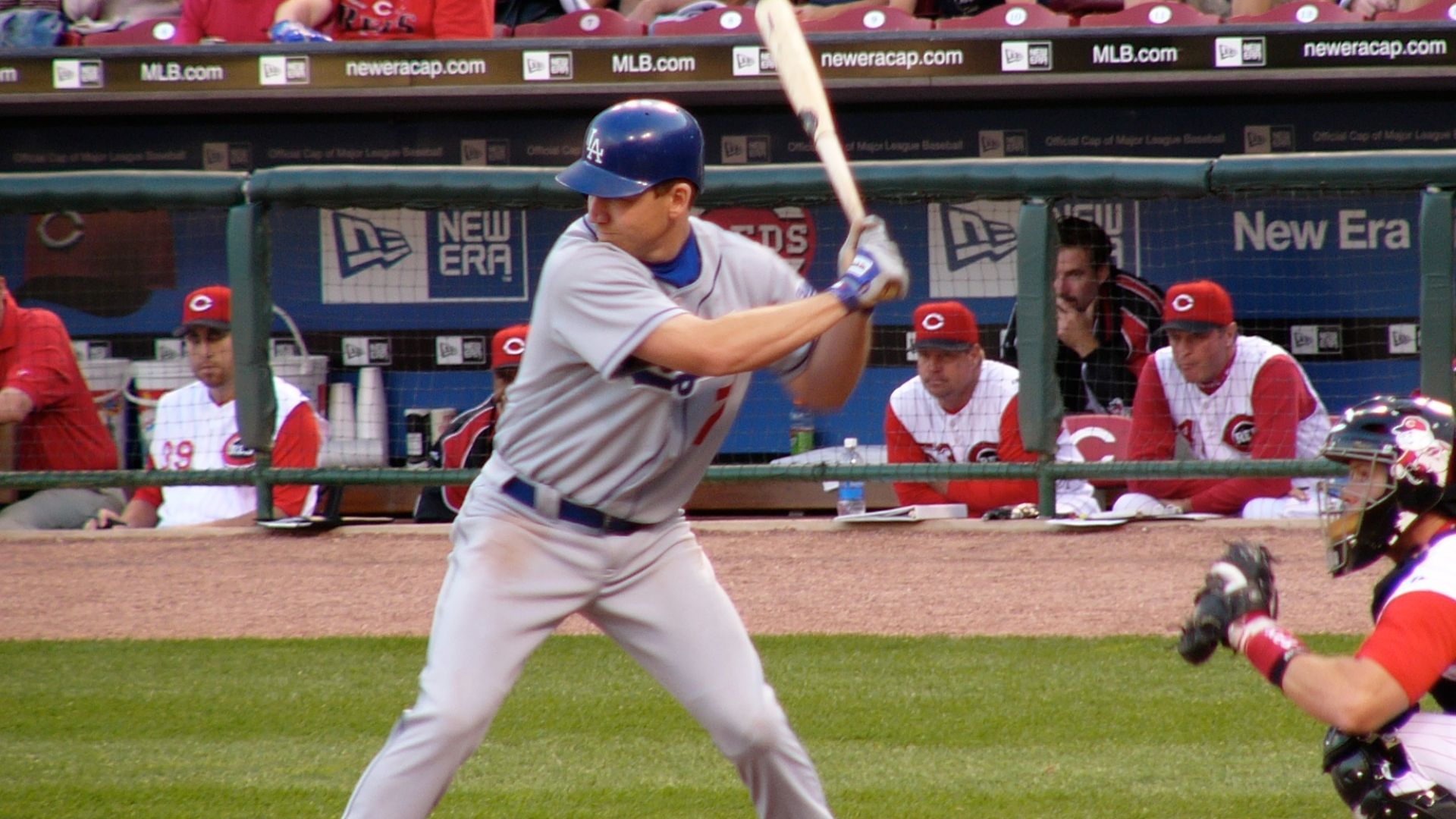 Ryosuke Yagi, Wikimedia Commons
Ryosuke Yagi, Wikimedia Commons
Matt Kemp
In 2011, Matt Kemp nearly won the Triple Crown, blasting 39 home runs, stealing 40 bases, and finishing second in MVP voting. But that high-water mark turned out to be more of an illusion than a foundation. Injuries derailed his speed and defense, and his production plummeted quickly.
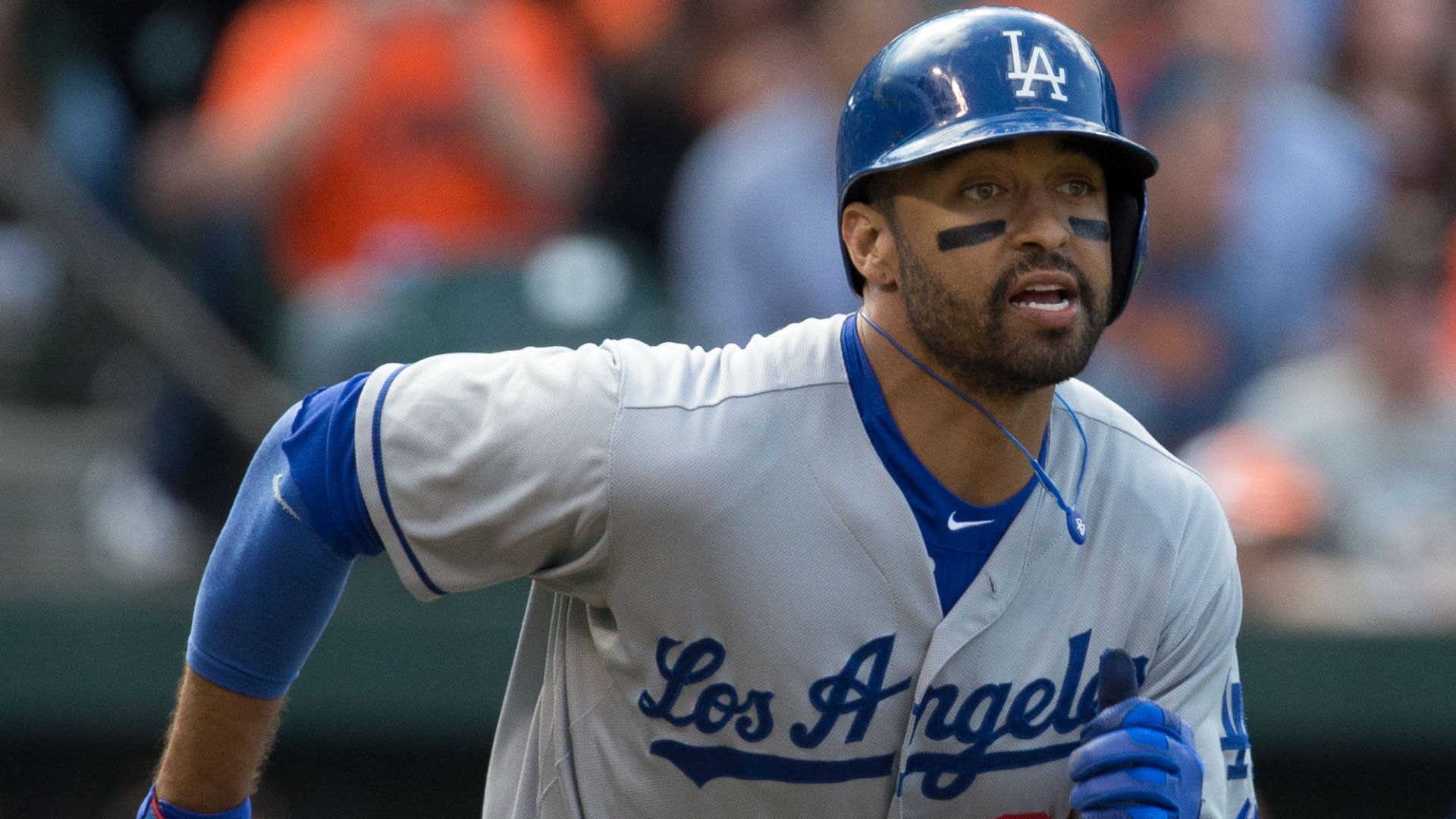 Keith Allison on Flickr, Wikimedia Commons
Keith Allison on Flickr, Wikimedia Commons
Matt Kemp (Cont.)
His WAR after 2012 dipped drastically, and his once elite defense became a liability in center field. Though he hung around for several more seasons, he never again reached that MVP-caliber level. For fans who saw him as the future face of baseball, Kemp’s decline came fast.
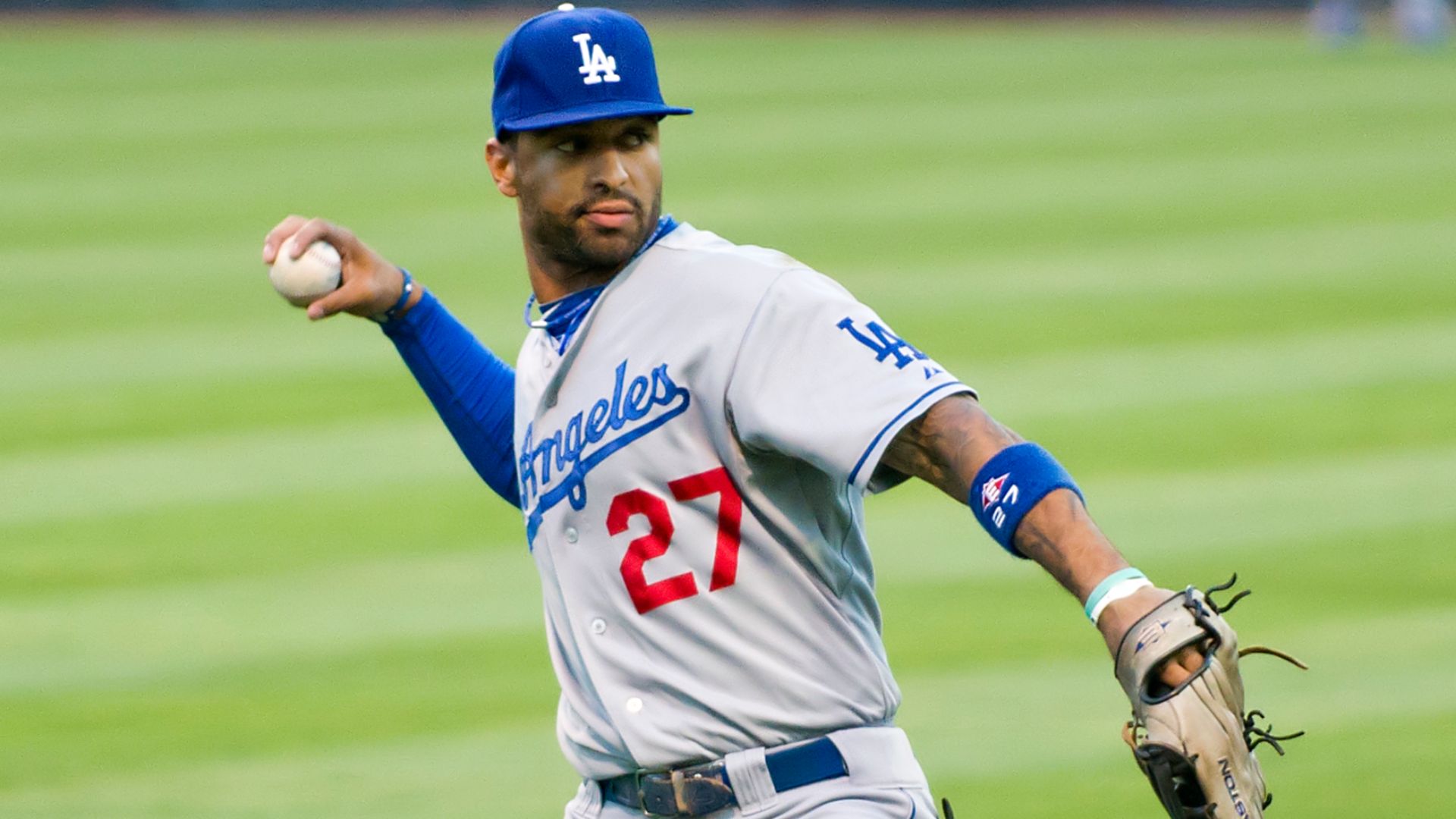 Dirk Hansen, Wikimedia Commons
Dirk Hansen, Wikimedia Commons
Andruw Jones
Andruw Jones might be the most polarizing player on this list. Defensively, he was an artist in center field—winning 10 consecutive Gold Gloves and tracking fly balls like he had GPS. But his offense never lived up to the early hype.
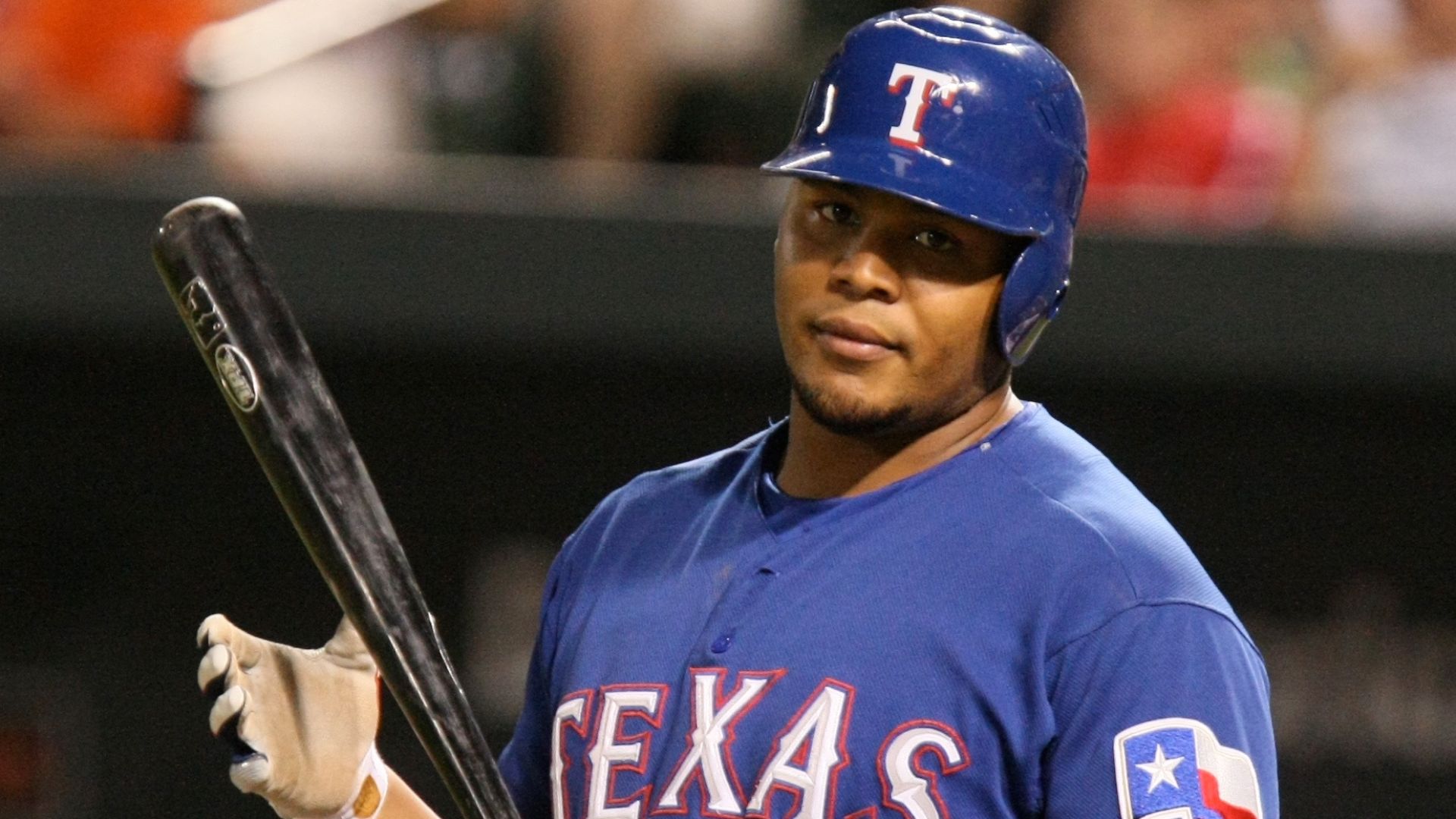 User Keith Allison on Flickr, Wikimedia Commons
User Keith Allison on Flickr, Wikimedia Commons
Andruw Jones (Cont.)
Yes, he hit 434 home runs, but his career batting average (.254) and on-base percentage (.337) leave a lot to be desired. He played for five teams in his last five seasons and never approached his former production. For many fans, especially Braves loyalists, Jones was a childhood idol.
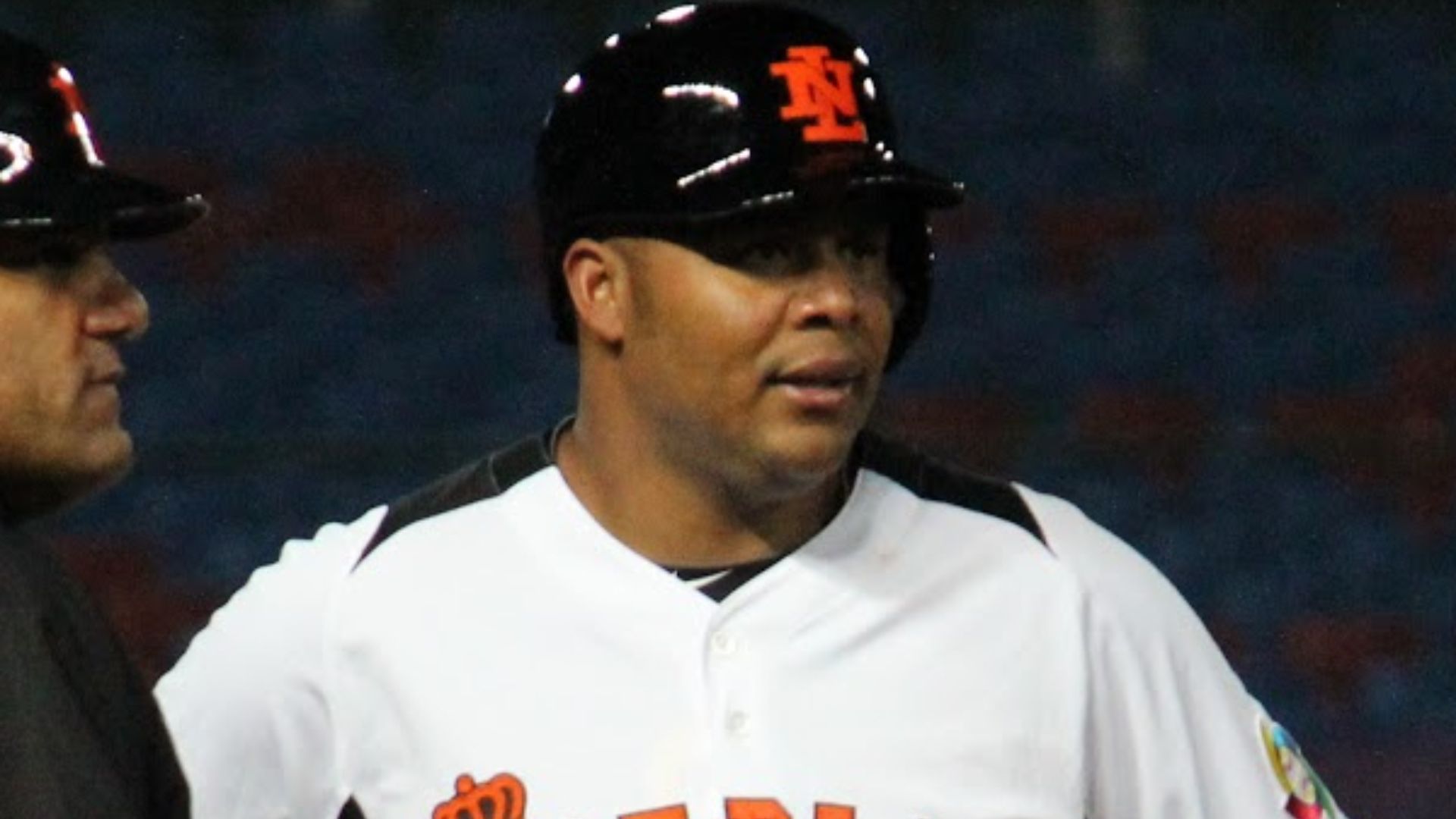 Trevor Grieve on Picasa Web Albums (Original version) UCinternational (Crop), Wikimedia Commons
Trevor Grieve on Picasa Web Albums (Original version) UCinternational (Crop), Wikimedia Commons

